If you didn’t know better, you would assume you mistakenly entered an art museum and not Penn State Health’s new Lancaster Medical Center in East Hempfield Township. The emphasis on art is purposeful, as it provides a sense of welcome and comfort to patients and visitors alike. It also addresses another dimension of Lancaster’s growth, as the county’s diversity is reflected in the faces that bring the art installations to life.
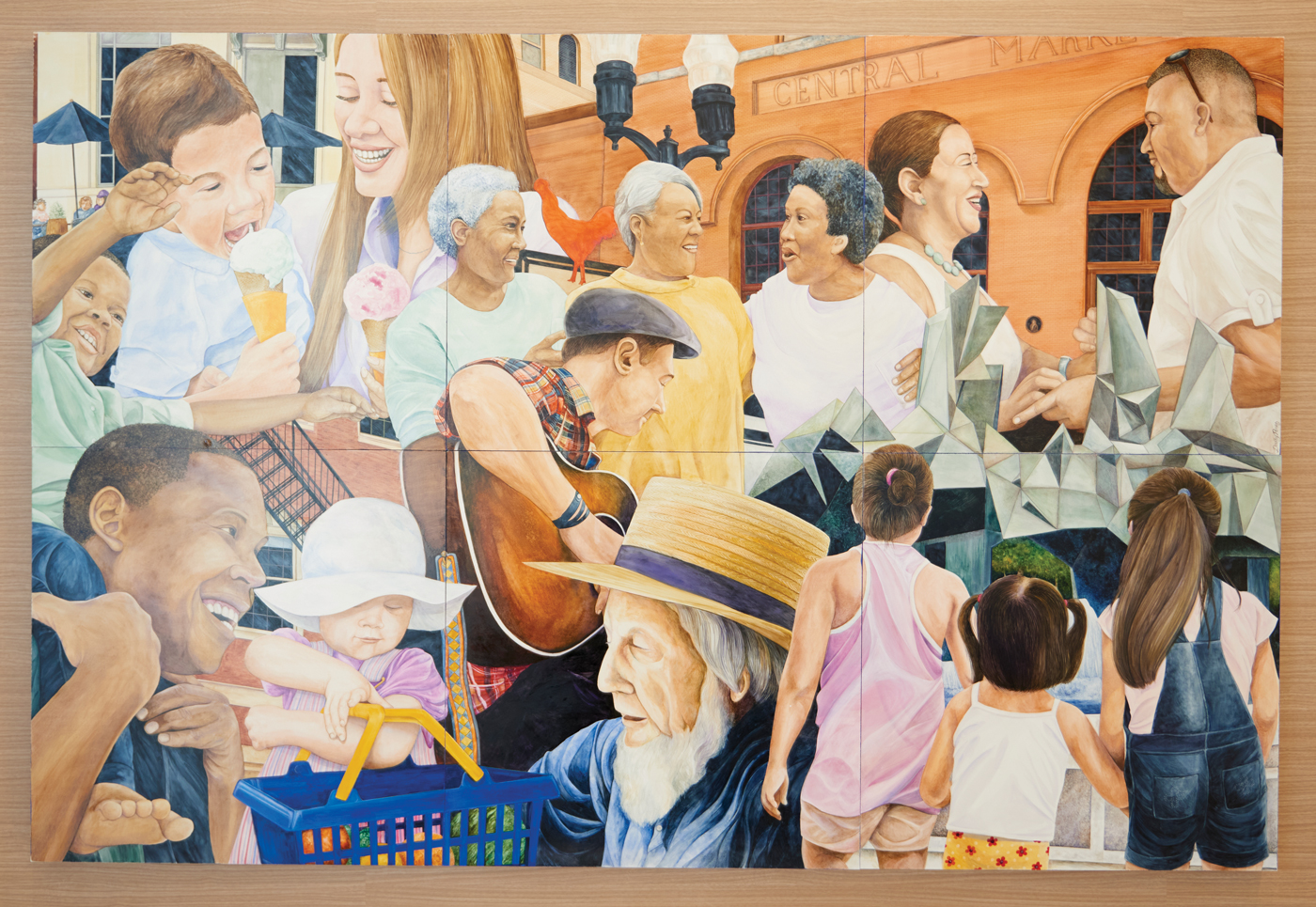
Dorothy Perez of Lebanon shares that as she progresses as an artist, she finds herself gravitating to subject matter that depicts diverse cultures. Diversity Abounds at The Central Market (watercolor/colored pencil on clayboard panel) was inspired by photos she had taken and collected. Perez appreciates the lengths Penn State Health went to in order to select artists whose work reflects the diversity of the community.
The modern concept of integrating art and medicine is embodied in the National Organization for Arts in Health (NOAH), whose roots extend back to the late ’80s, when the first meeting of healthcare and arts administrators was held in Durham, North Carolina. The resulting organization became known as the Society of Healthcare Arts Administrators. The organization disbanded in 2014 but reorganized four years later as NOAH. It is now a thriving organization whose intent is to “advocate for the inclusion of the arts in medicine through an established strategic plan and code of ethics and standards.”
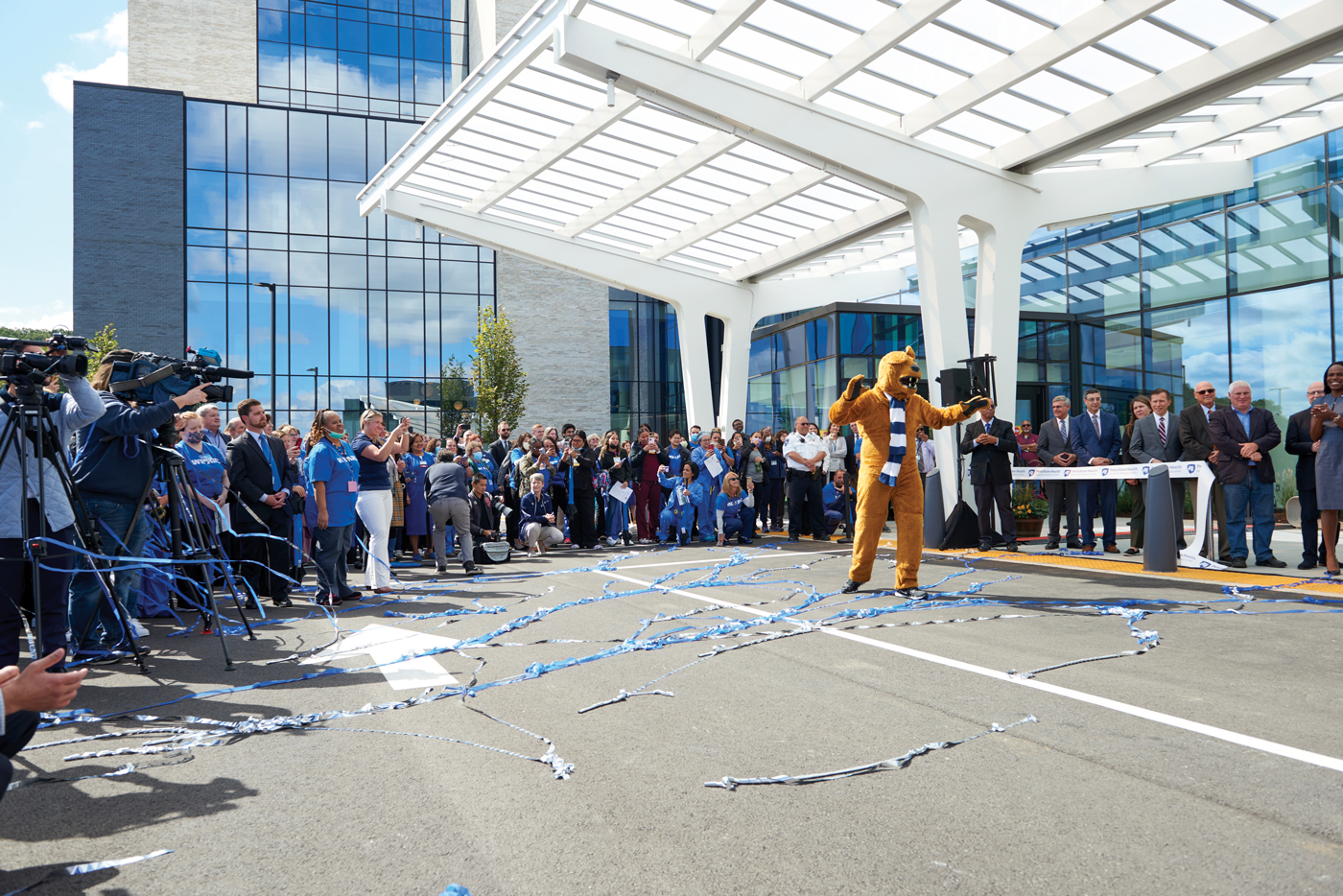
October’s grand opening festivities included a pep rally – We Are Penn State! – that was led by the Nittany Lion mascot.
According to NOAH’s website, its 453 members believe that “the arts are an integral component” to our health and wellbeing. Peruse its online newsletters and you will find the projects hospitals and medical centers hope to accomplish encompass the concept of integrating medicine with the arts. For example, Johns Hopkins hopes to launch “Sound Rounds,” whereby live music is performed at a patient’s bedside. NYC Health + Hospitals unveiled plans for a mural project and with it, a need for artists. The Miami Cancer Institute was in need of a music therapist to work with patients.
Claire de Boer, the founding director of Center Stage Arts in Health at Penn State University, has been involved with NOAH since the beginning and is its immediate past president. According to Claire, the artistic component of medical care “has been a professional field for over 30 years.” She views the collaborative effort as “exciting work,” adding, “It’s come a long way over the last six years.” She is proud of the work Center Stage Arts in Health has accomplished in carrying out its goal to “integrate the healing power of art, music and creativity” with medicine at Penn State Health. “Art can fill a gap,” she says of its ability to tap into our emotions and reach a part of us that medicine cannot: our souls.
“Art is also very humanizing,” she points out. At the height of the pandemic, art even helped to raise the spirits of Penn State Health staff members, who were given art kits that allowed them to take a break and create, thus relieving the stress that had become a way of life. The art kits proved to be such stress relievers in the Emergency Department and Covid Unit that other departments began to request them for their staff members. “The kits just provided our staff members with a way to relax,” Claire says of the program that debuted in 2020.
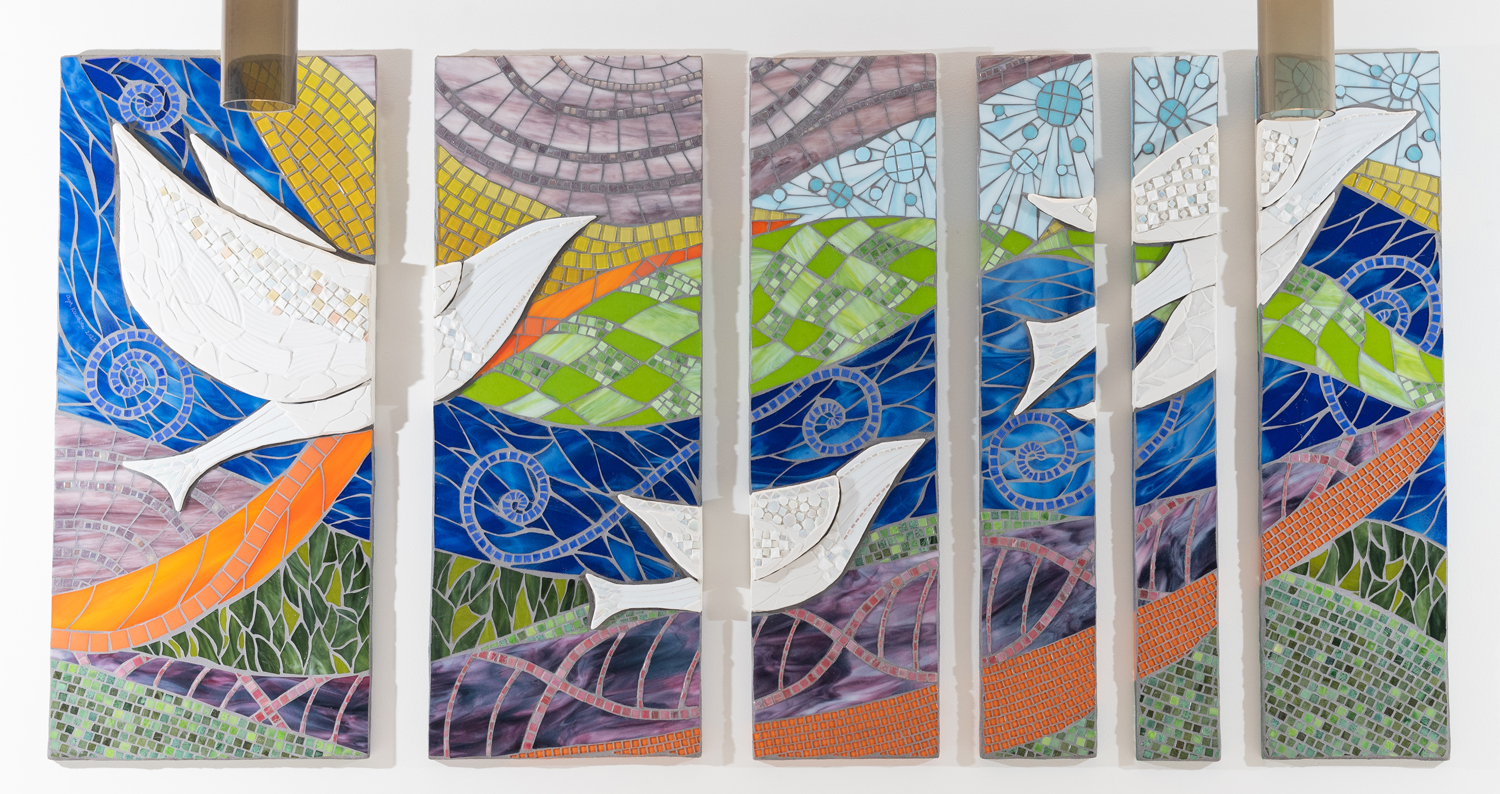
Aya Kinoshita, who is from Tokyo and now lives in Lancaster, is a mosaic artist whose A Glimpse of Flight is composed of stained glass, smalti tiles and broken plates. Her goal was to provide onlookers with a sense of hope.
Center Stage Arts in Health also took advantage of Zoom technology to provide patients who were recovering at home with lessons on how they could use common household items to engage in creative projects.
When the Lancaster Center was in its infancy from a design perspective, Penn State Health saw it as an opportunity to create something very special. “Lancaster would represent our next great step,” Claire explains. The project would address the creation of a medical center from multiple perspectives, including architecture, interior design and art. For example, the building’s plethora of windows addresses biophilic design, which relates to our relationship with the natural world. The views that extend east to Lancaster are stunning, especially at sunrise. Claire tells of a visitor who shared with her that he loved the views, as they induced nostalgic childhood memories of picking strawberries where the hospital now stands.
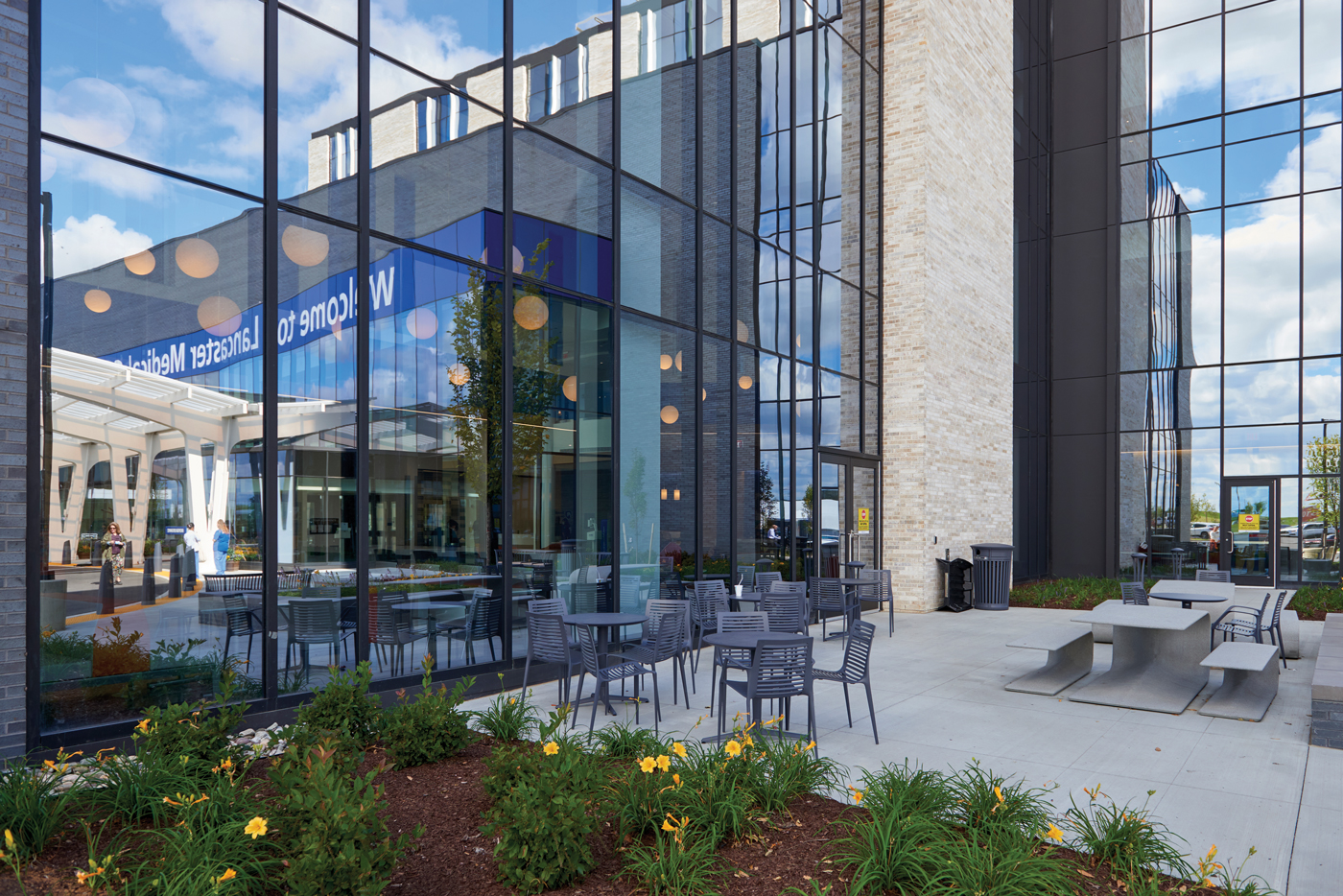
Gardens and walls of glass that reflect the sky, make an outdoor patio a peaceful place to dine or enjoy some fresh air.
Visitors who take a break in the hospital’s café are surrounded by glass walls that extend two stories high. Lighting here and throughout the hospital adds an artistic element to the design. “They did an extraordinary job with the lighting,” Claire remarks. The café’s adjacent patio is surrounded by gardens. Patient rooms are bright and airy. (Studies demonstrate that patients whose rooms provide a view of nature tend to be released 8.5% earlier than do patients who don’t have such views.) A connection to nature is also found in the walking path that encircles the property.
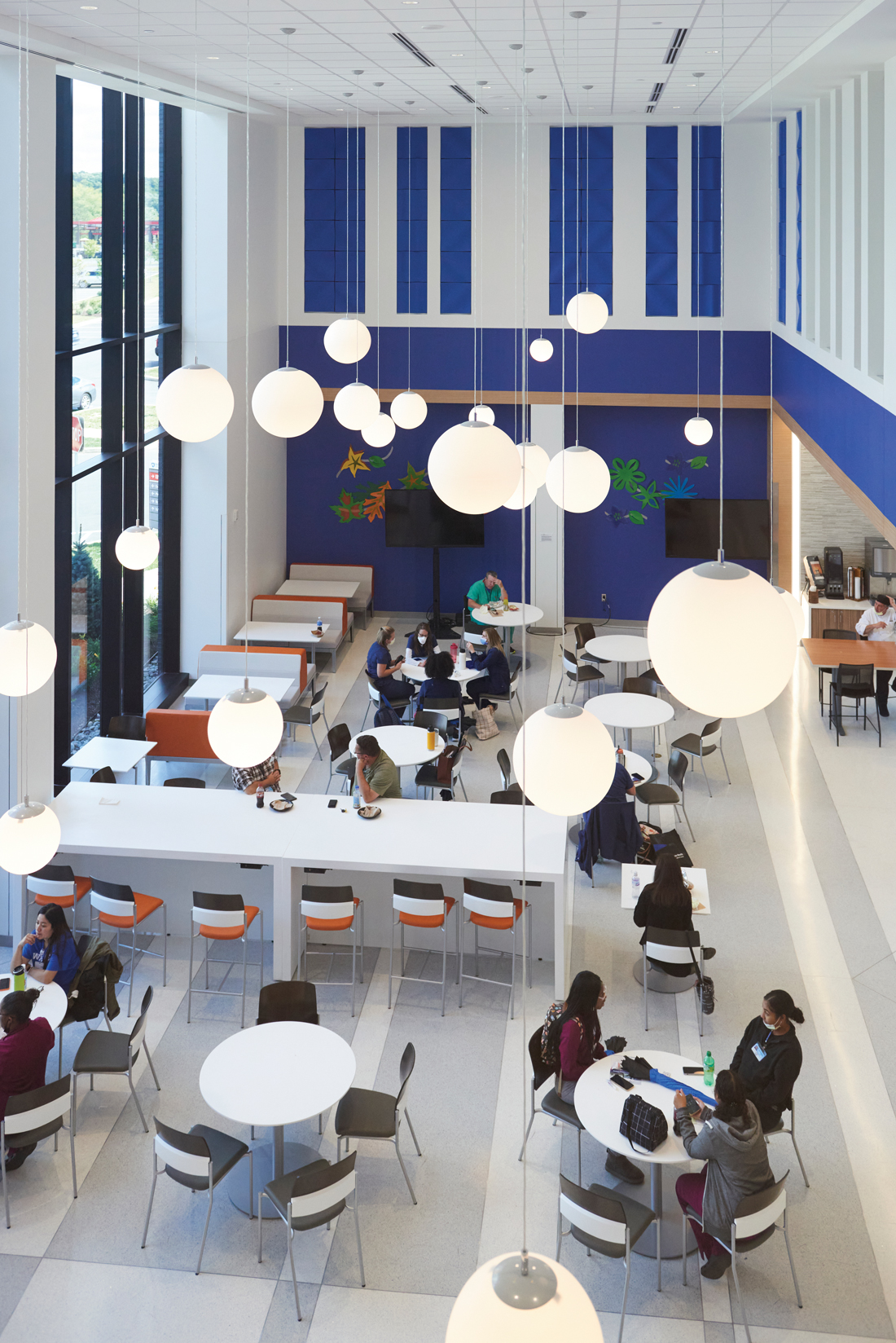
The medical center’s café is a study of Penn State’s blue and white colors. Lighting throughout the building reflects the artistic approach that was taken by Penn State Health, architects and interior designers.
The hospital’s interior spaces also exemplify the philosophy that color has a profound effect on our psyches. Shades of blue – ranging from Penn State’s signature blue (officially Pantone/PMS 282) to hues such as turquoise and lavender – distinguish walls and furnishings. The hues serve a purpose. Blue, of course, embodies serenity and therefore has a calming effect, as it possesses the power to reduce blood pressure and slow respiratory and heart rates. It also instills a sense of trust and confidence. Turquoise symbolizes friendship and fosters a sense of peacefulness. Lilac conveys compassion and kindness, hence it’s a perfect choice for the Children’s Miracle Network area of the hospital.
The color choices tie-in with a theme that is employed on each floor of the hospital; they include welcome, hope, healing, discovery, serenity and unity.
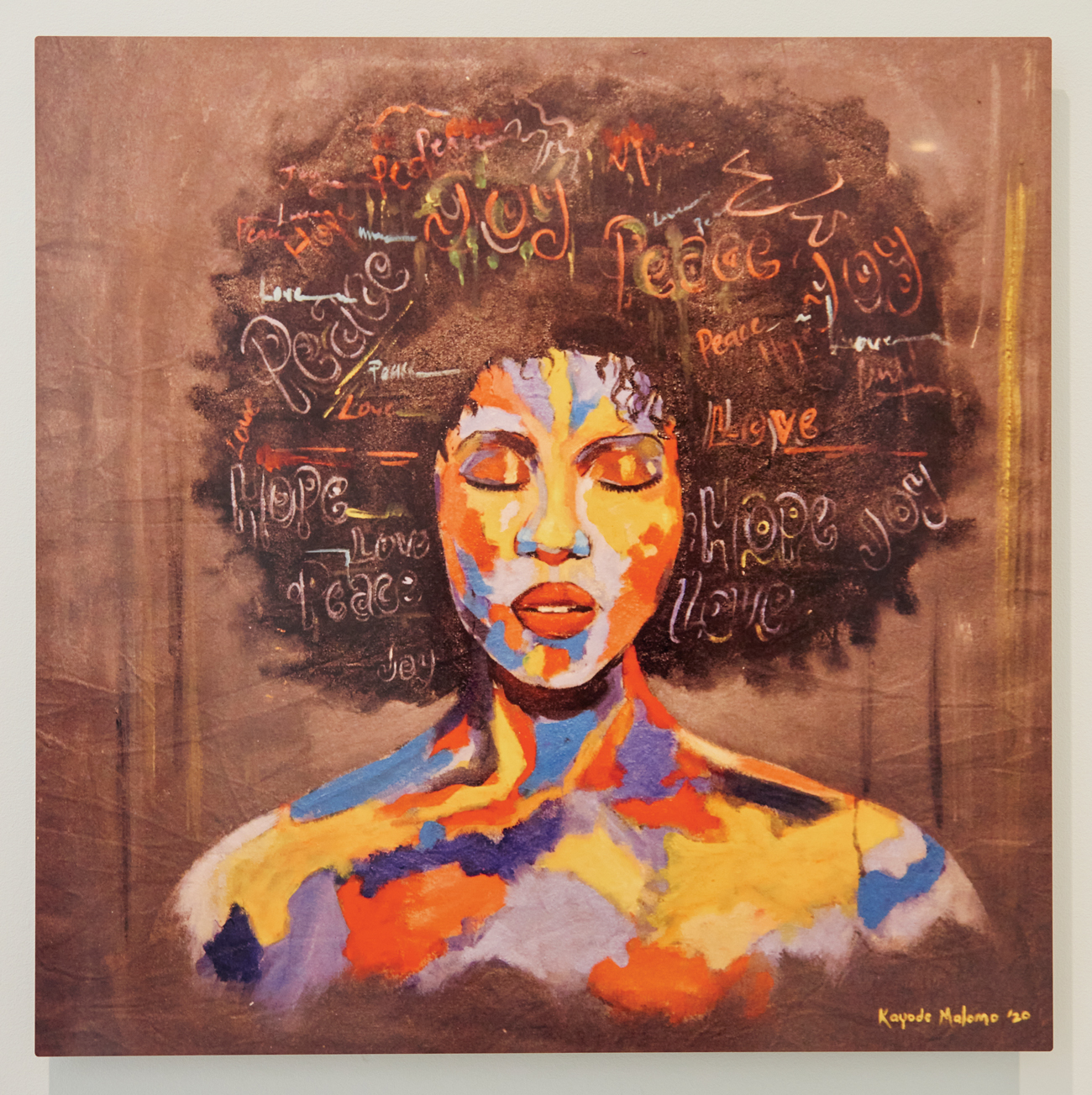
Kayode Malomo emigrated from West Africa and now lives in York, where he is a multimedia artist who likes to incorporate themes such as happiness, hope, beauty and the importance of education into his work. This print (from an original watercolor) is titled, Beauty, Hope and Peace: Road to Healing.
The art that patients and visitors encounter is beautiful, intriguing, inspiring and thought-provoking. According to Claire, an art committee, comprised of an intentionally diverse group of professionals, was charged with the job of selecting the artists whose work would fill the walls of the Lancaster Medical Center. The criteria were straightforward: the resulting art had to be welcoming, restorative and inclusive. “People visiting the Lancaster Medical Center had to be made to feel that they belonged,” Claire explains. “At Penn State Health, art is not a decoration – it’s a narrative that teaches, conveys hope and gives a nod to all the populations who walk through the door. It says, ‘We see you, and you are welcome here.’”
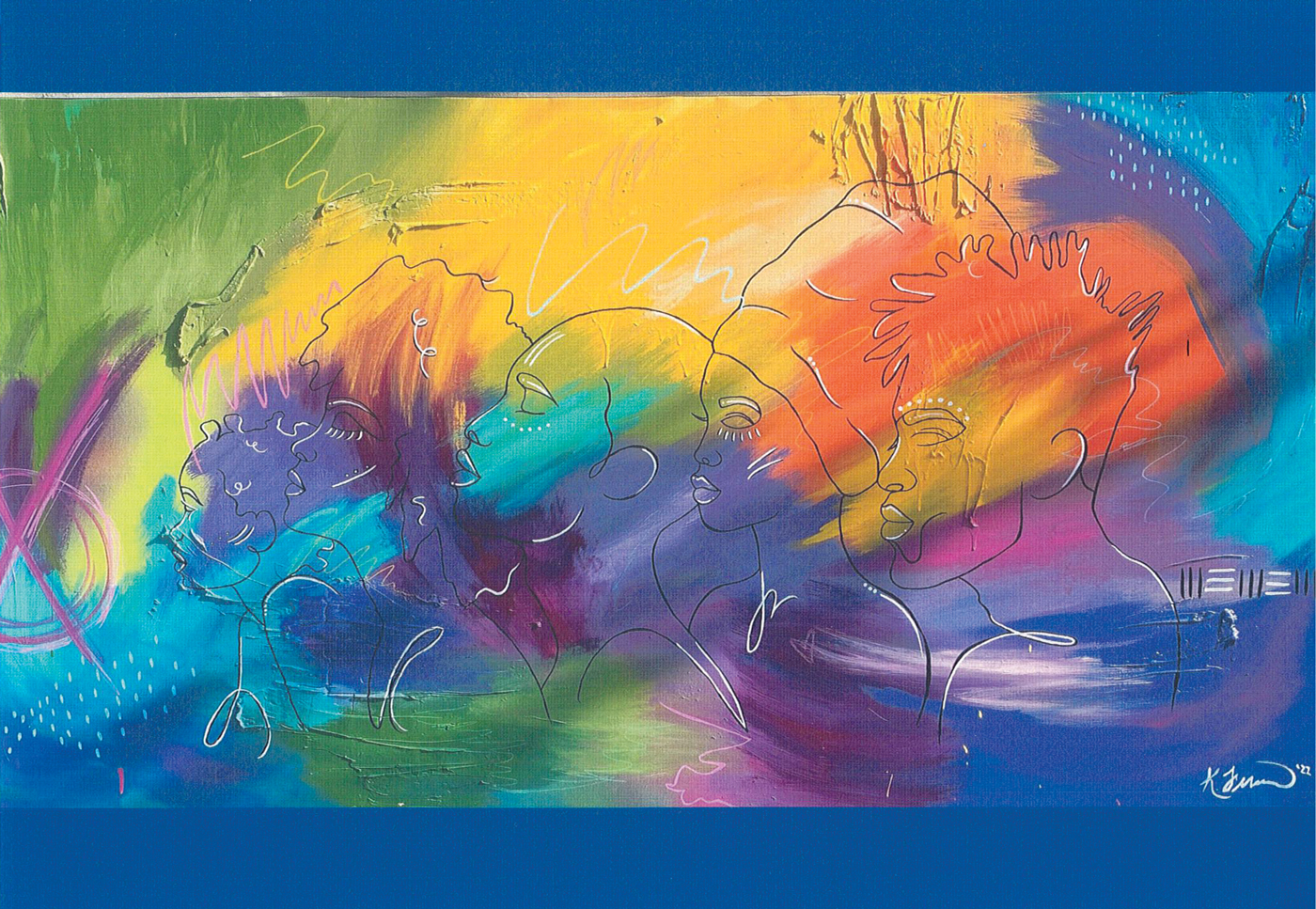
Lancaster resident Keisha Finnie’s contribution is titled, Unity. “I want people to see themselves,” she says of the colorful mixed media on canvas that she hopes will make visitors feel welcome. “A little thing like art on the wall can really make a difference in how confident and included you feel,” she observes.
Lynette Chappell-Williams, Penn State Health’s vice president and chief diversity officer, expands upon Claire’s philosophy, noting, “Seeing artwork that reflects yourself has a calming effect and communicates that you were thought about, and you are part of us. It represents our devotion to culturally responsive care.”
The plan called for commissioning original work – in various media – from approximately 50 artists. Nearly 500 giclée prints would also be selected. A call was put out in early summer 2021 for artists to submit proposals. The response was immediate and resounding. “We received so many fantastic submissions,” Claire says of the artistic talent that abounds across Pennsylvania. The commissioned artists would be required to be involved in the interior design process, as they would be receiving information (and paint samples) relating to room/hall colors and floor themes. “We’ve found that artists do well when they are given minimal parameters,” Claire notes of the freedom they were nonetheless given. The artists had a year to complete their work.
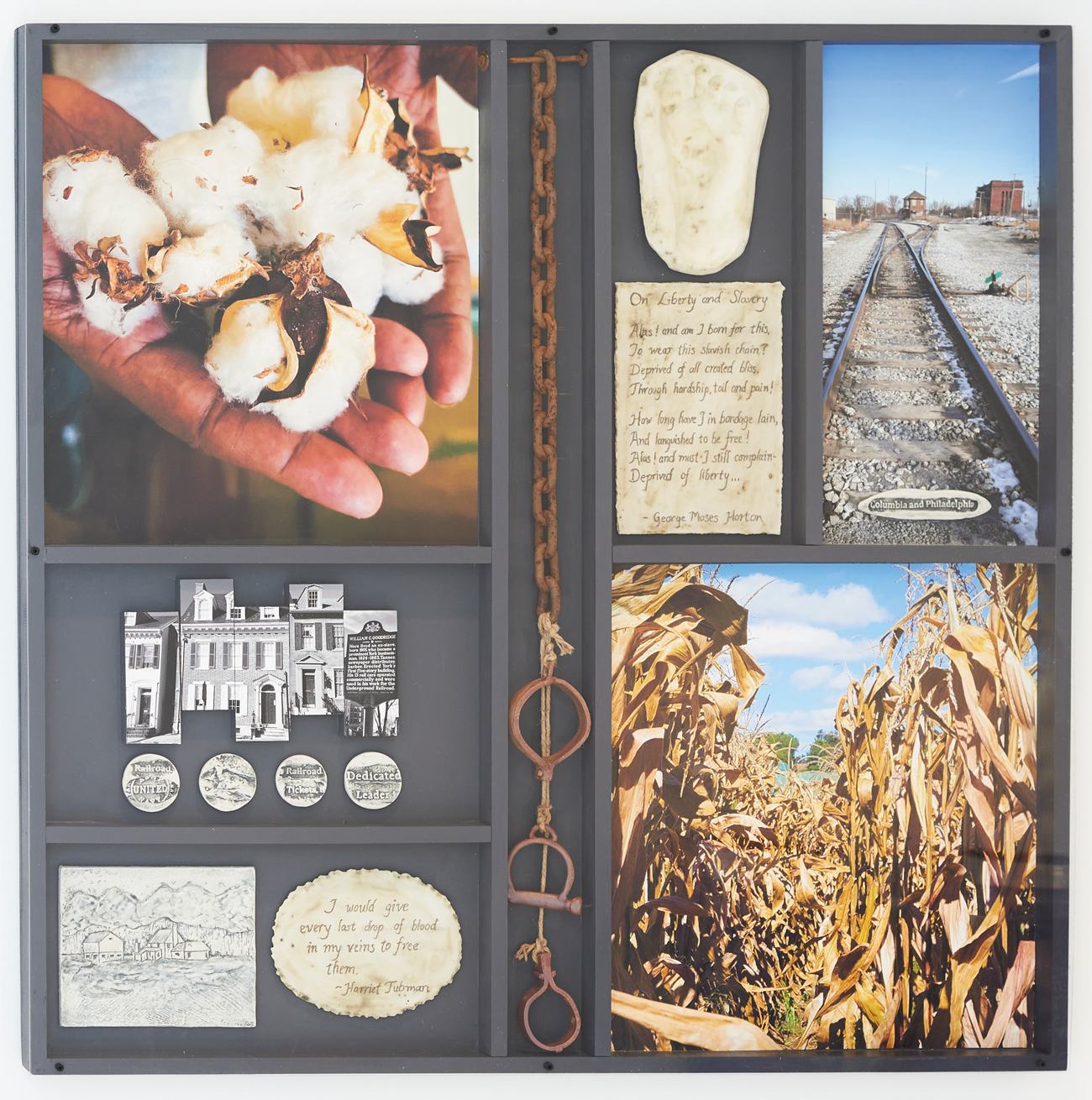
One of the more compelling installations is titled The 24/7 Project. A collaboration of Darcie Goldberg (photography) and Rhoda Kahler (clay artist), the installation tells the story of the role the area played in the Underground Railroad. Seen here is one panel of the three-part installation. It is the artists’ hope that through studying the installation, onlookers will see “the things that unite us instead of divide us.”
Artists from all over the state were welcome to submit proposals, however priority was given to regional and local artists. “We were also looking to include the artists who are often overlooked,” says Claire. “We find that they have a lot to say.”
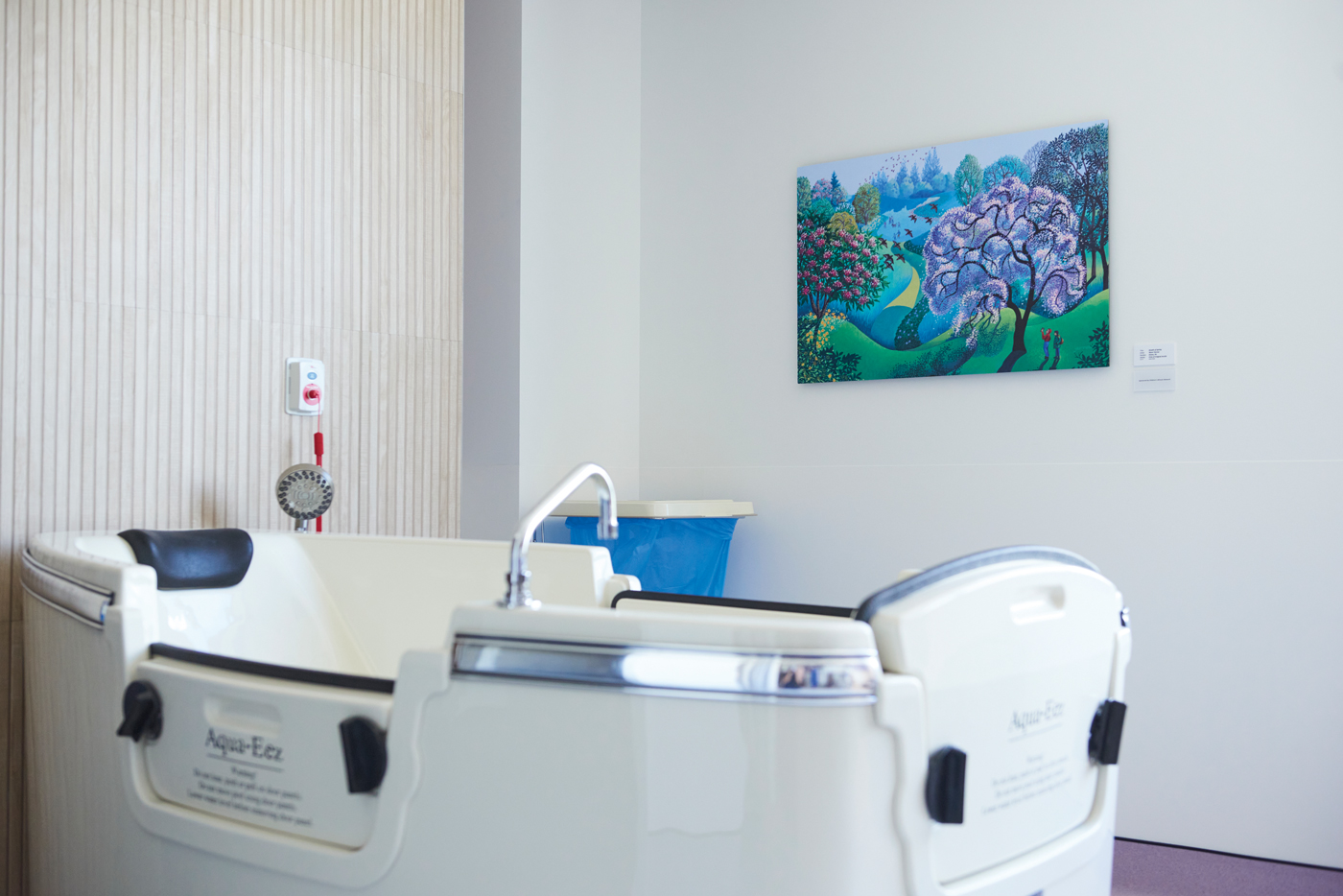
Patient rooms (seen here is a maternity suite) are also enlivened with art. Claire de Boer reports that some patients become so connected to the art in their rooms that they ask for contact information in hopes of obtaining a print or giclée.
The art committee had its work cut out – nearly 700 artists submitted proposals. Among the commissioned artists are seven from Lancaster County, including Thaddeus Pasierb, Aya Kinoshita, Heidi Lietzke, Robert Andriulli, Michael Shaw, Keisha Finnie and Abner Gonzalez. Lancaster, Lebanon, Berks and York counties are well-represented among the giclées that were chosen.
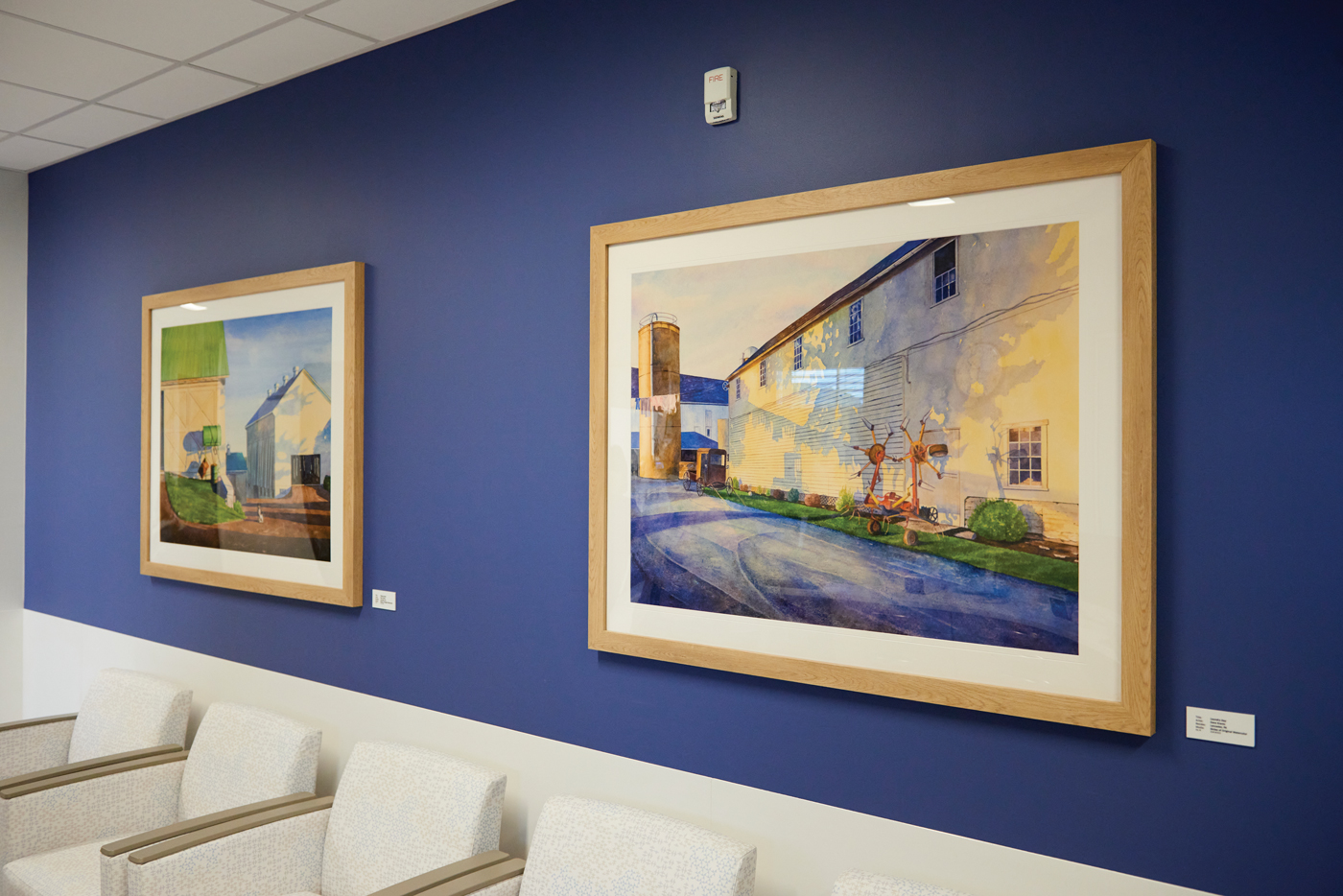
Tobacco Barn, a giclée from Lancaster’s Dave Krantz, demonstrates the collaboration that existed between interior designers and the artists, as elements of the painting perfectly complement the wall color.
Future plans call for reserving a wall for rotating exhibits. “We’d love to work with local schools,” Claire says of collaborating with the art departments of local high schools. Such a collaboration was in evidence during the October grand opening, when members of Hempfield High School’s marching band kicked off the festivities with high-energy music.
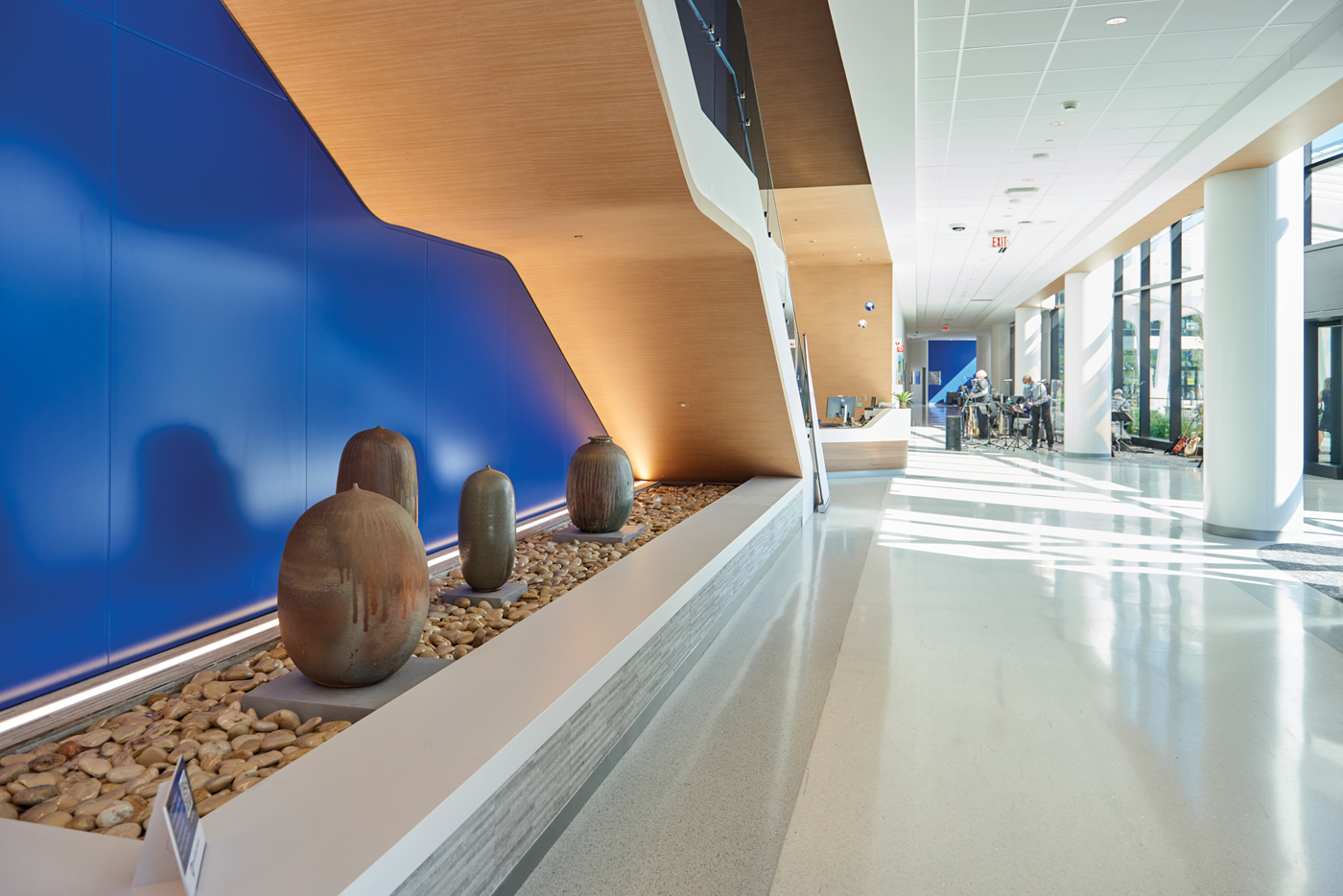
Wall colors throughout the medical center make statements of their own, as each color was chosen to deliver a message or put a patient or visitor at ease. Wood-fired ceramic vessels, Untitled, created by Harrisburg-area artist, James Lard.
“The ideas don’t stop!” Claire says of integrating art with medicine. It appears art will be playing a major role in Penn State Health’s future. “The art program is being extended across the system,” Claire reports.
For more information, visit pennstatehealth.org.





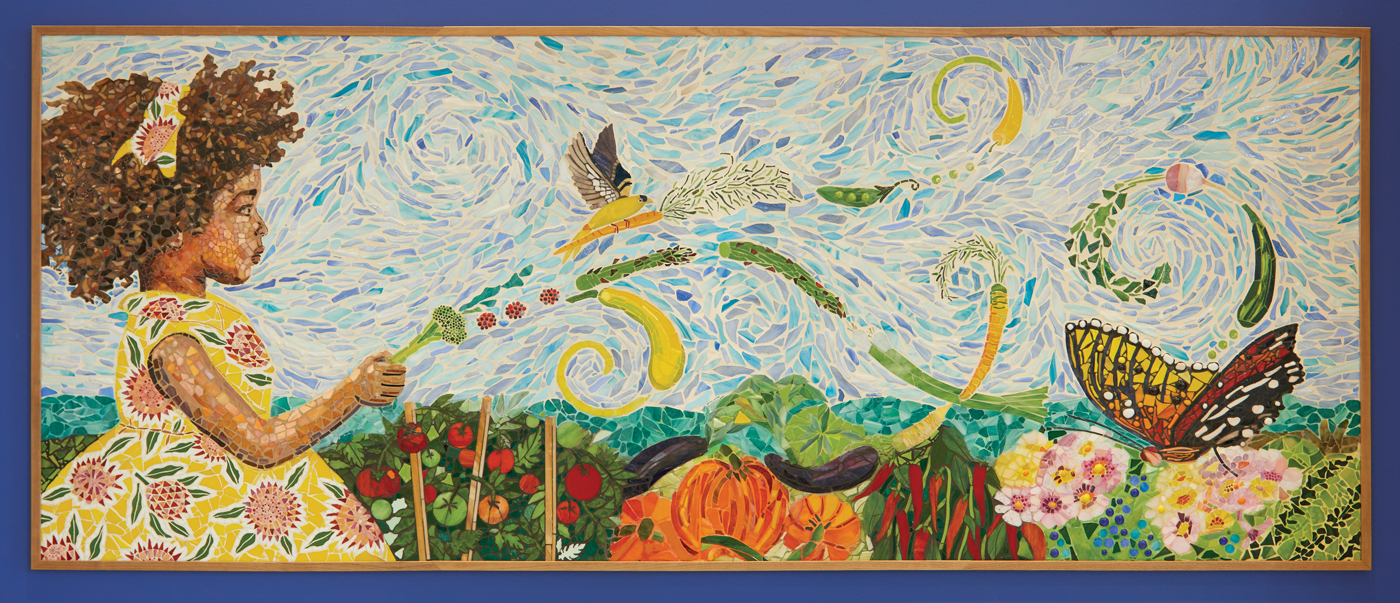
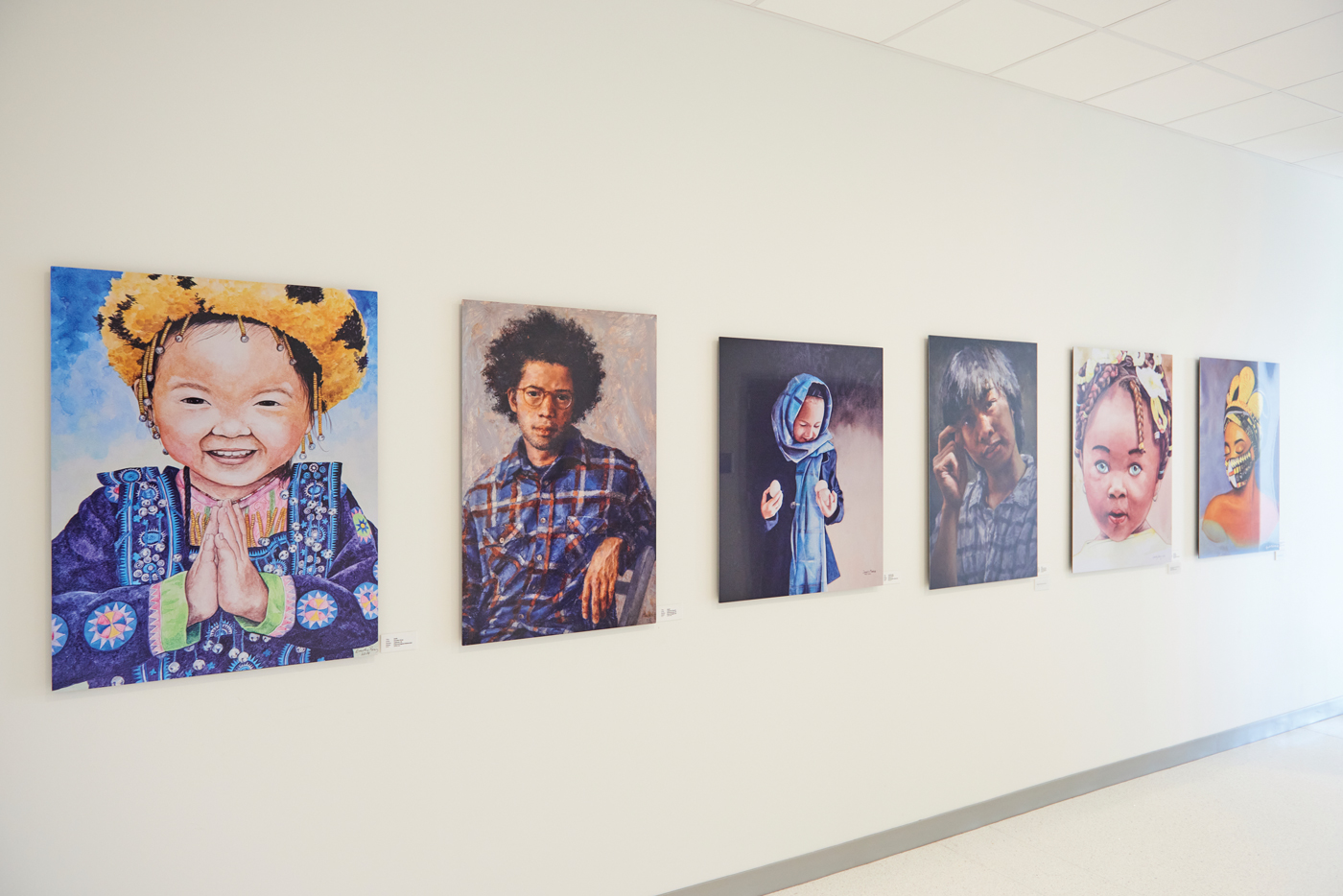
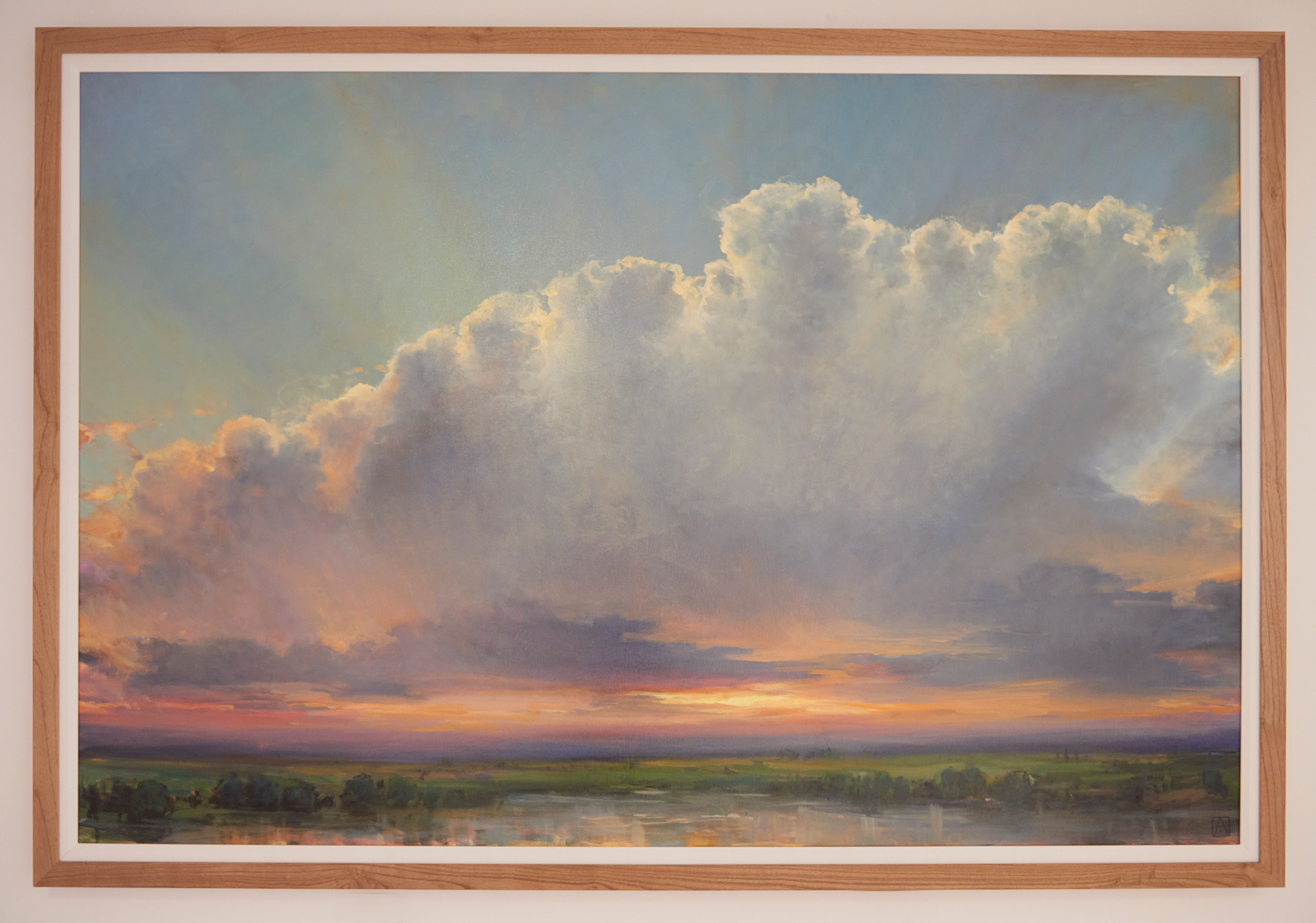
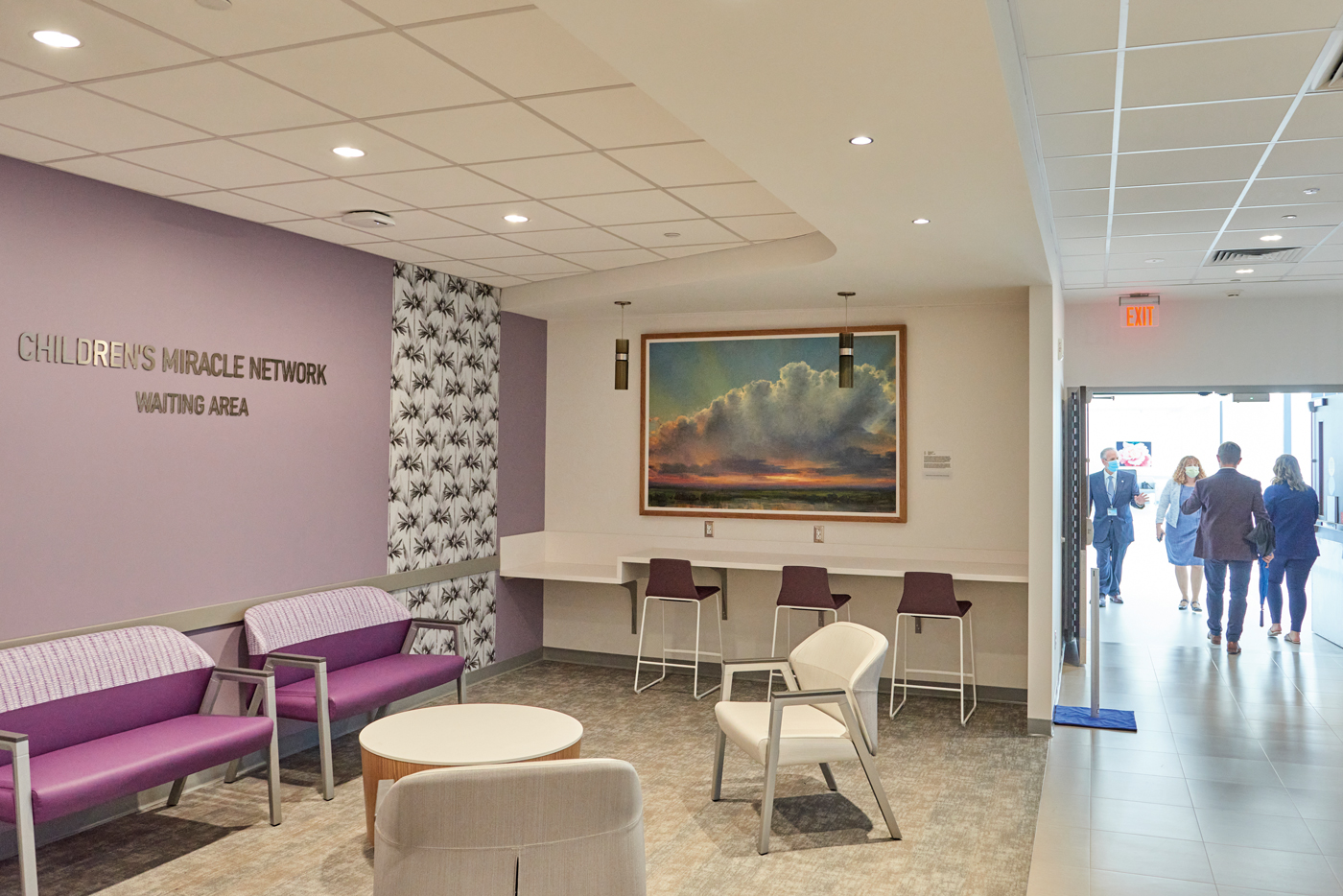
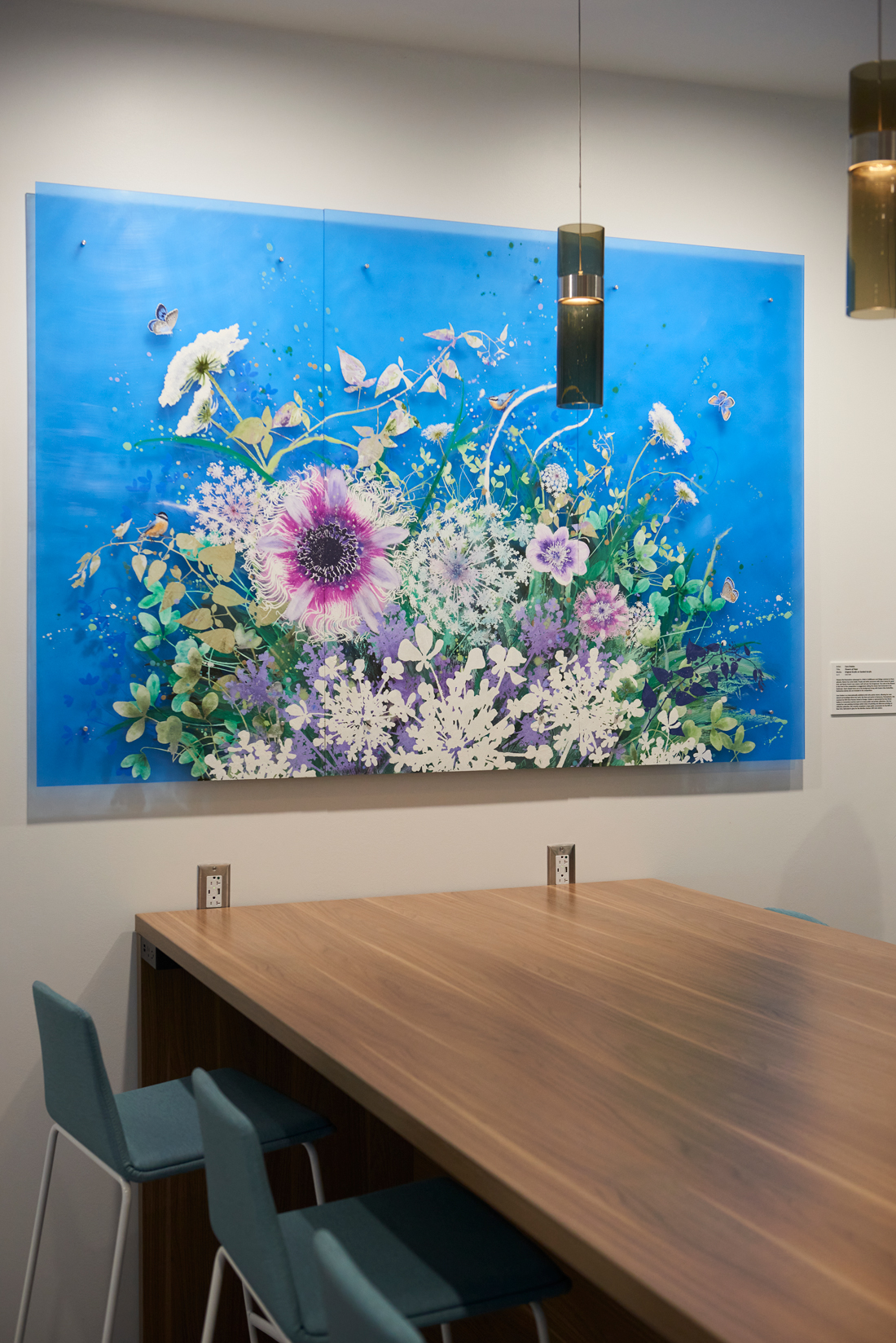
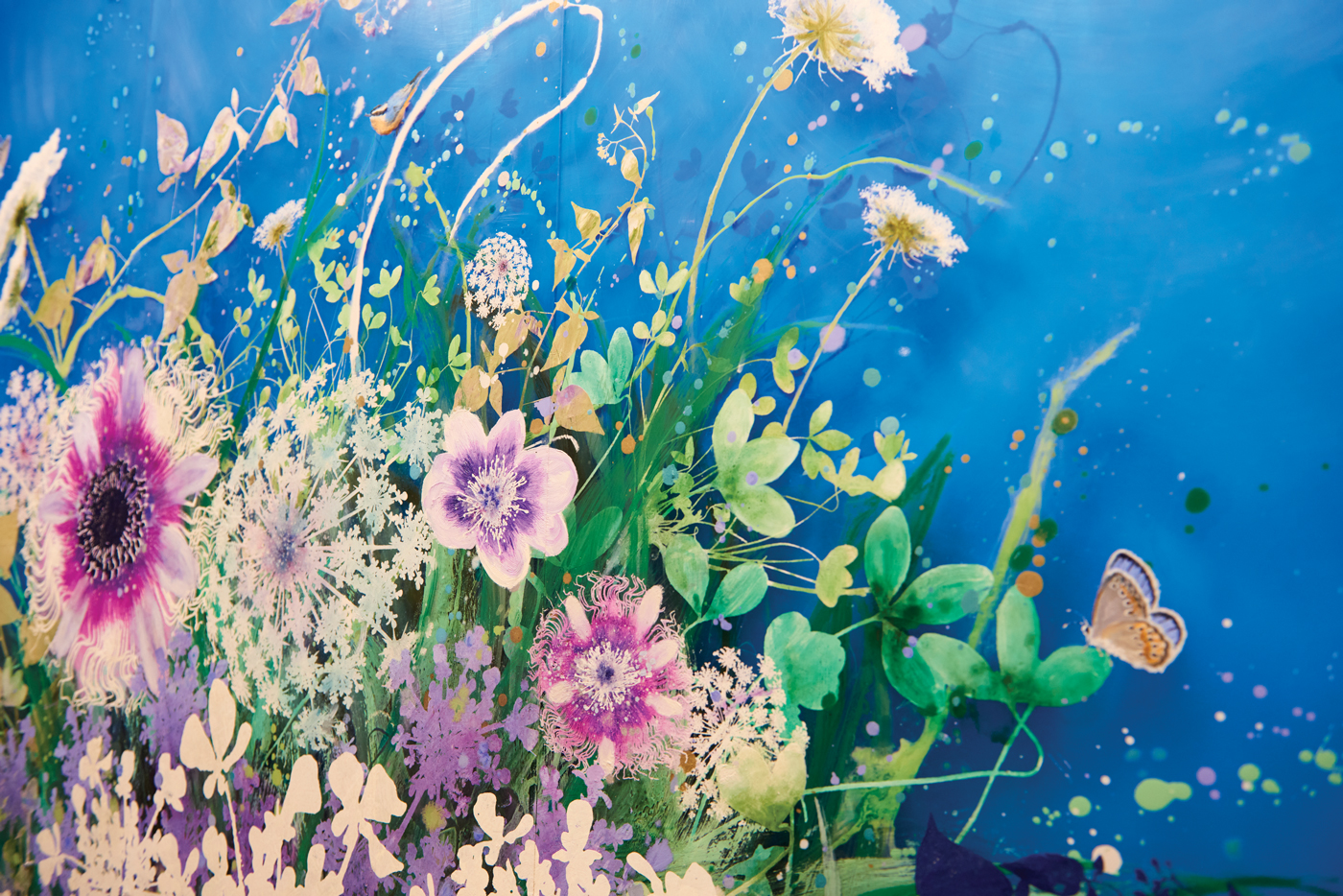
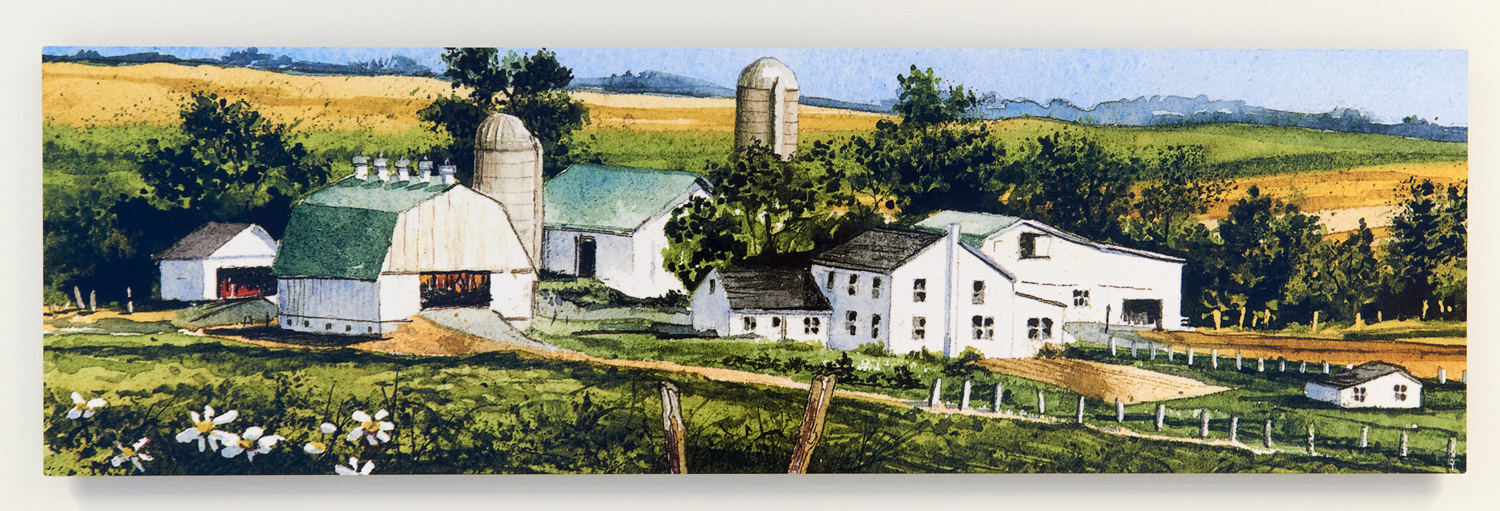
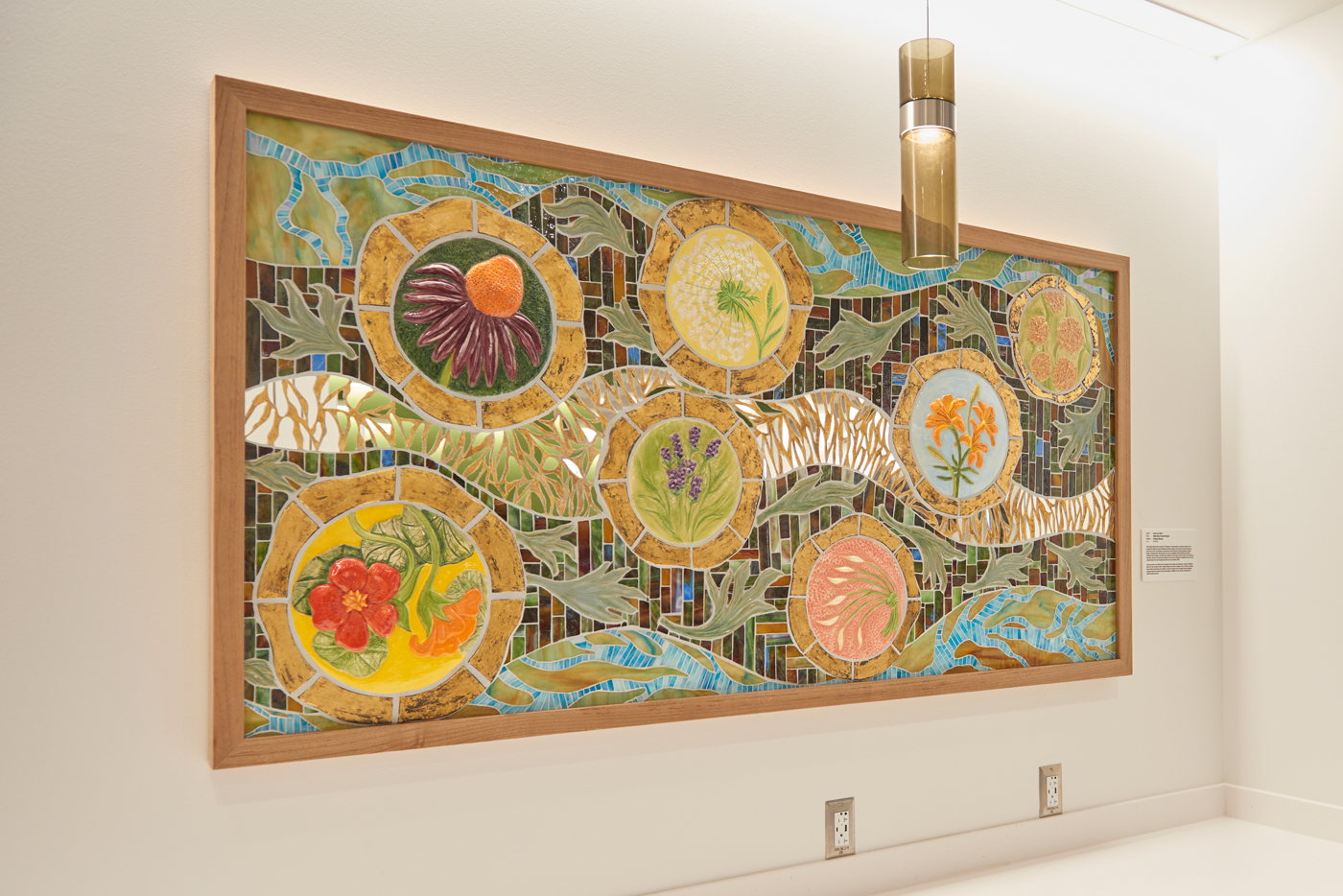
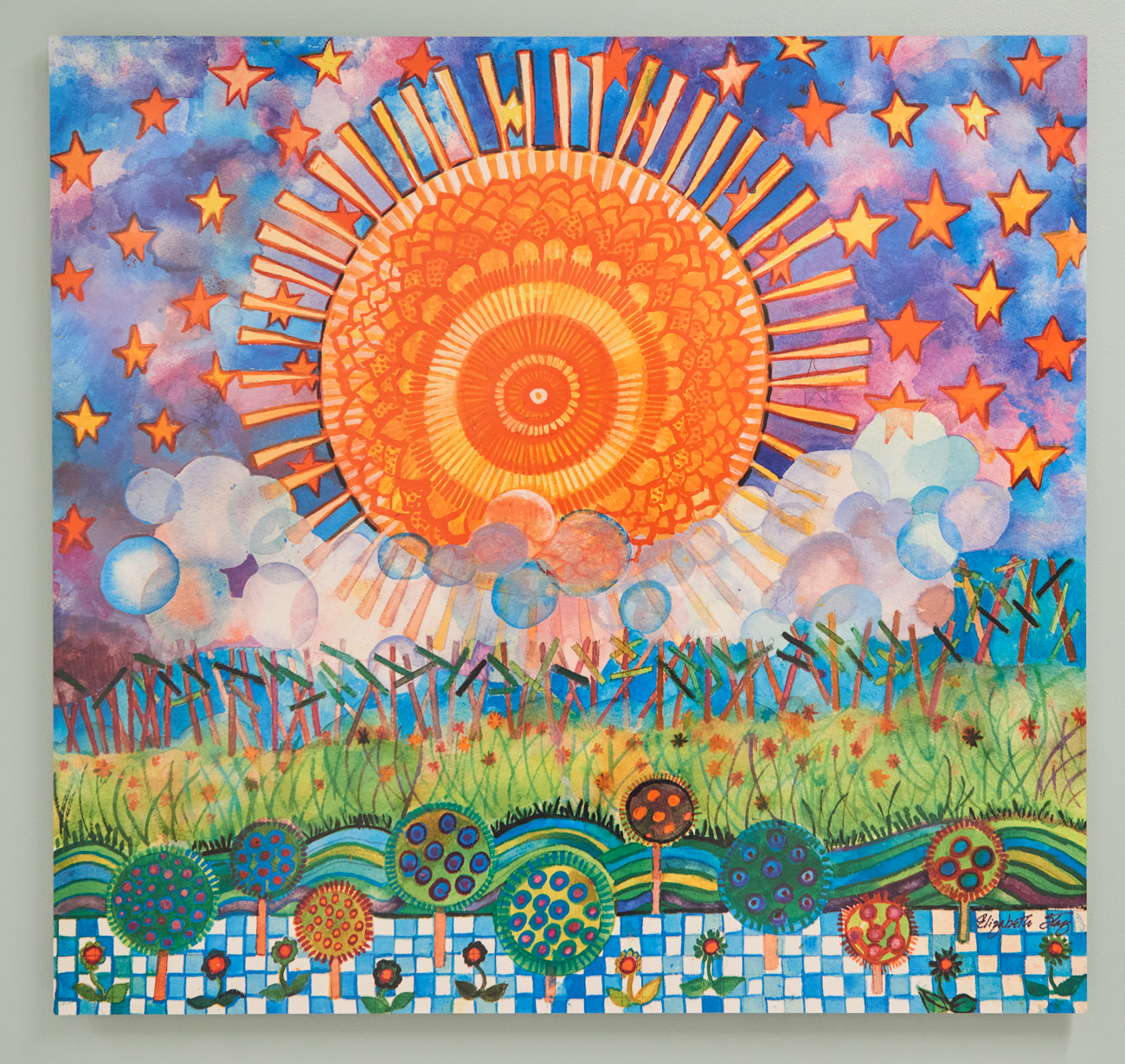
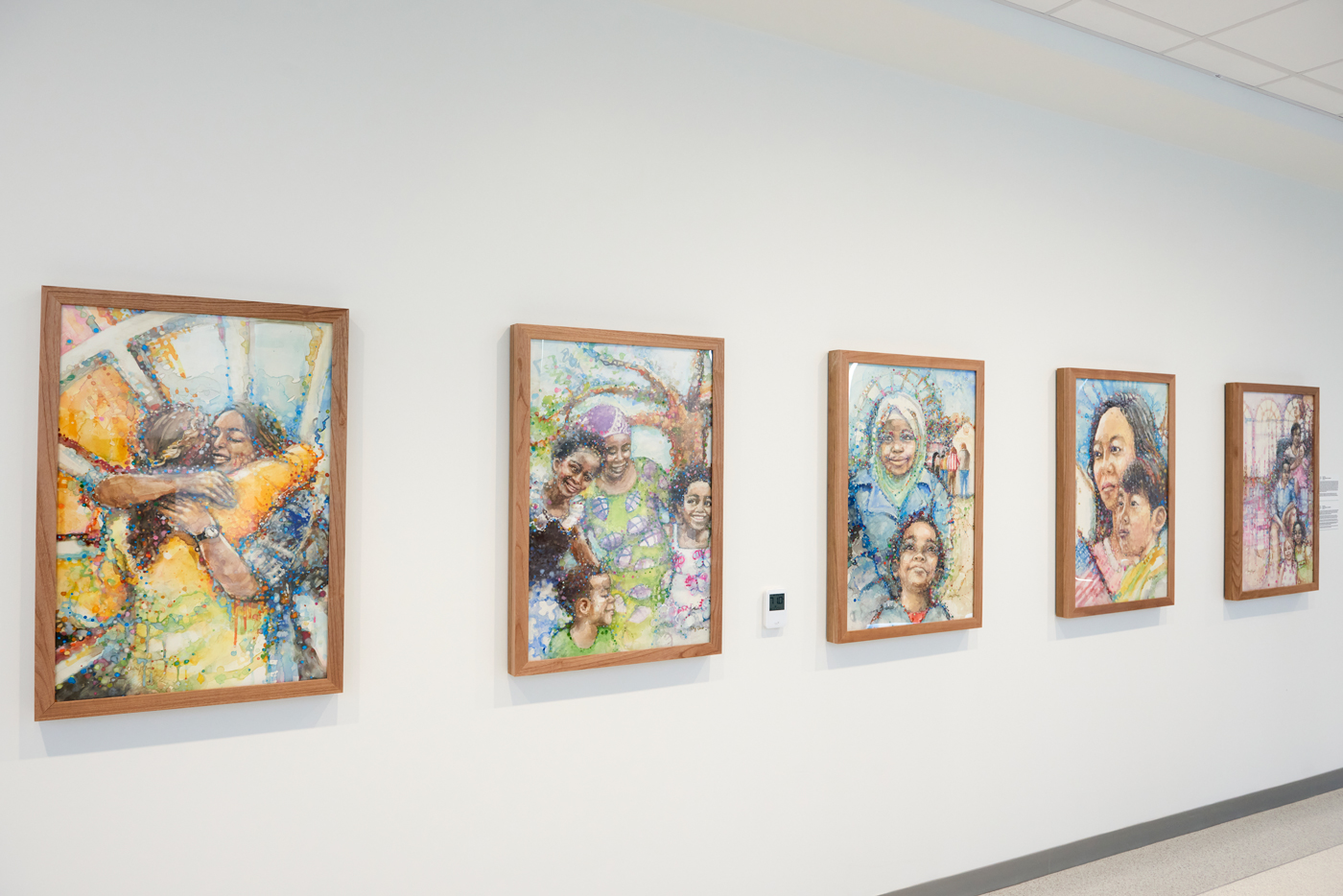
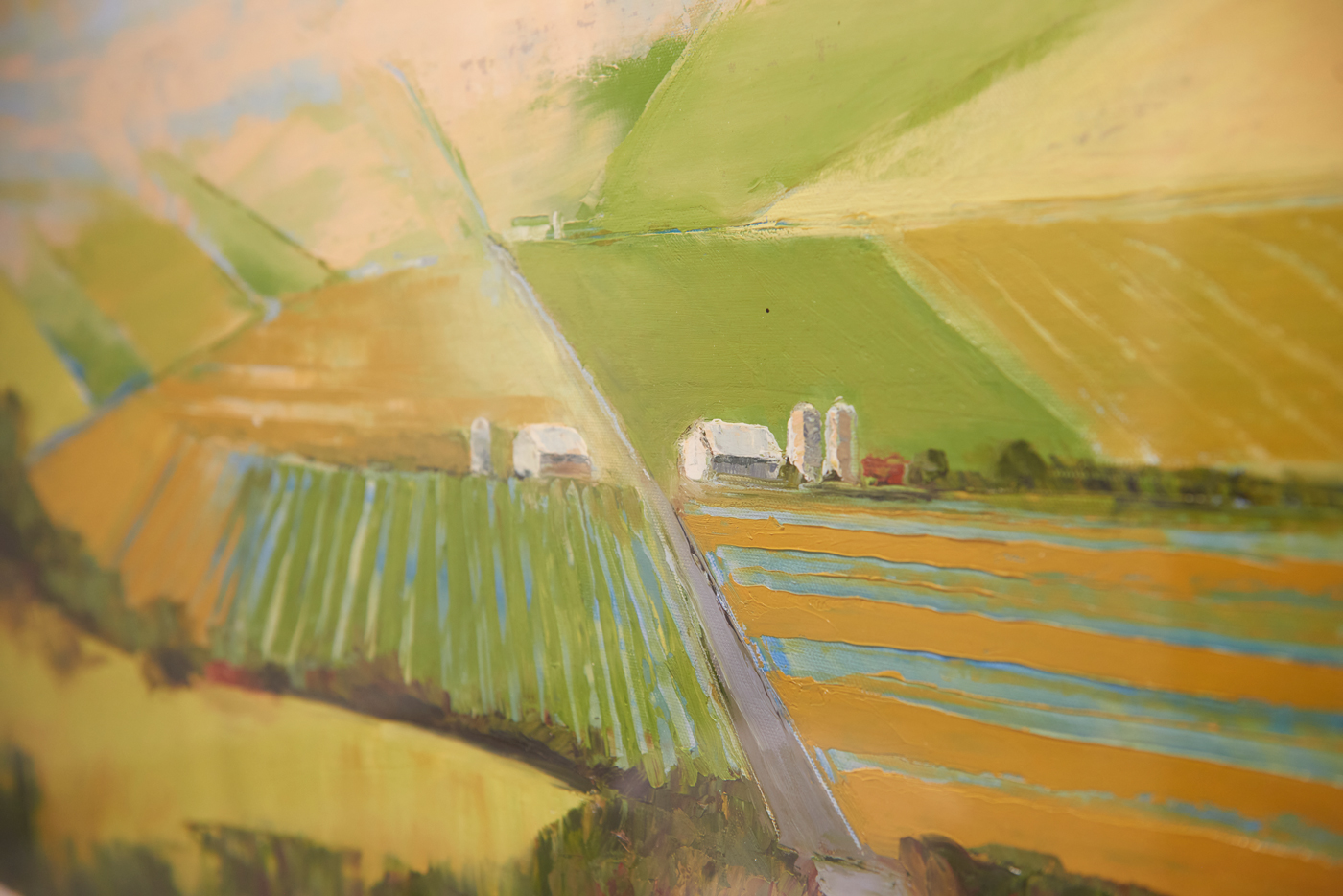
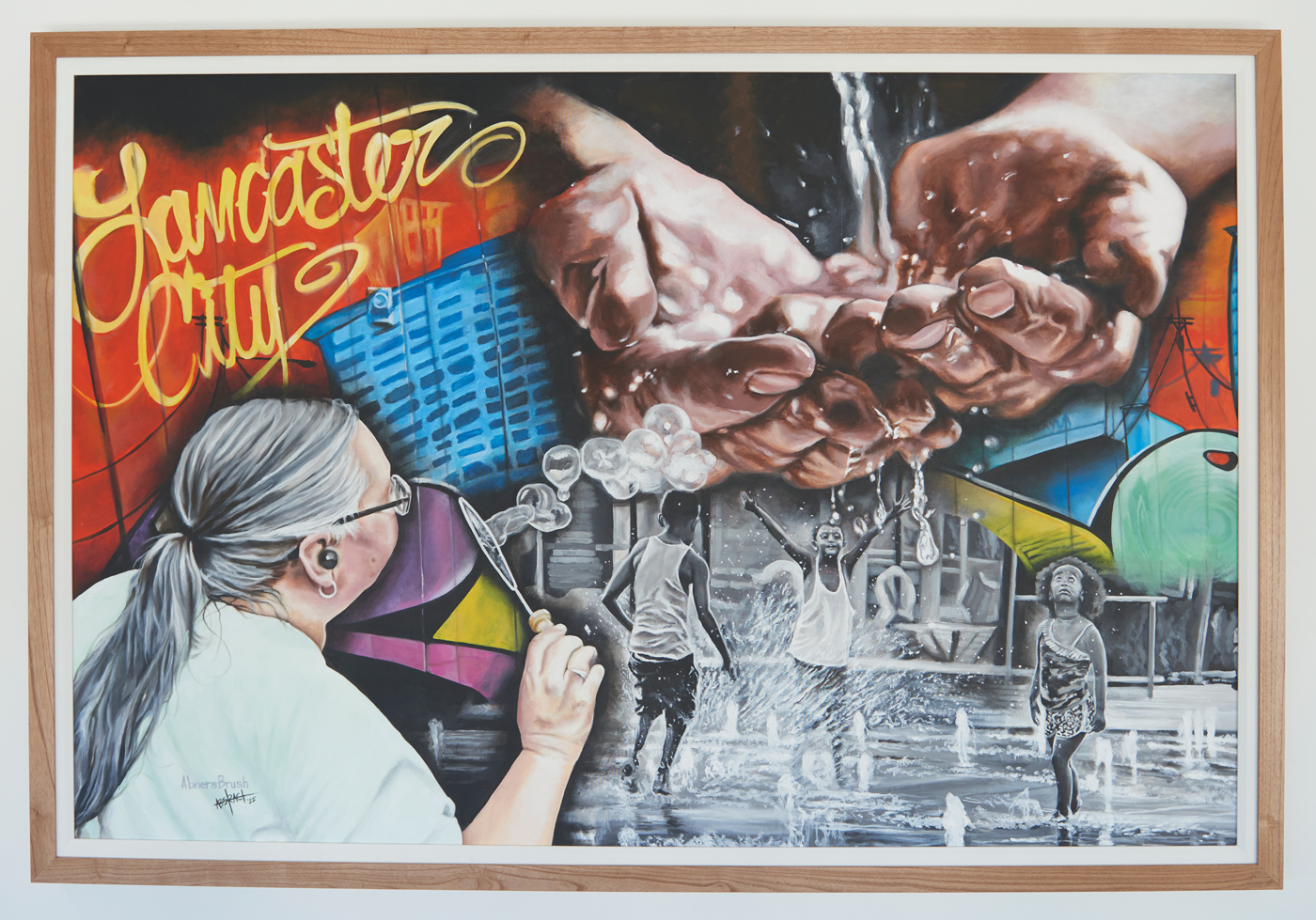
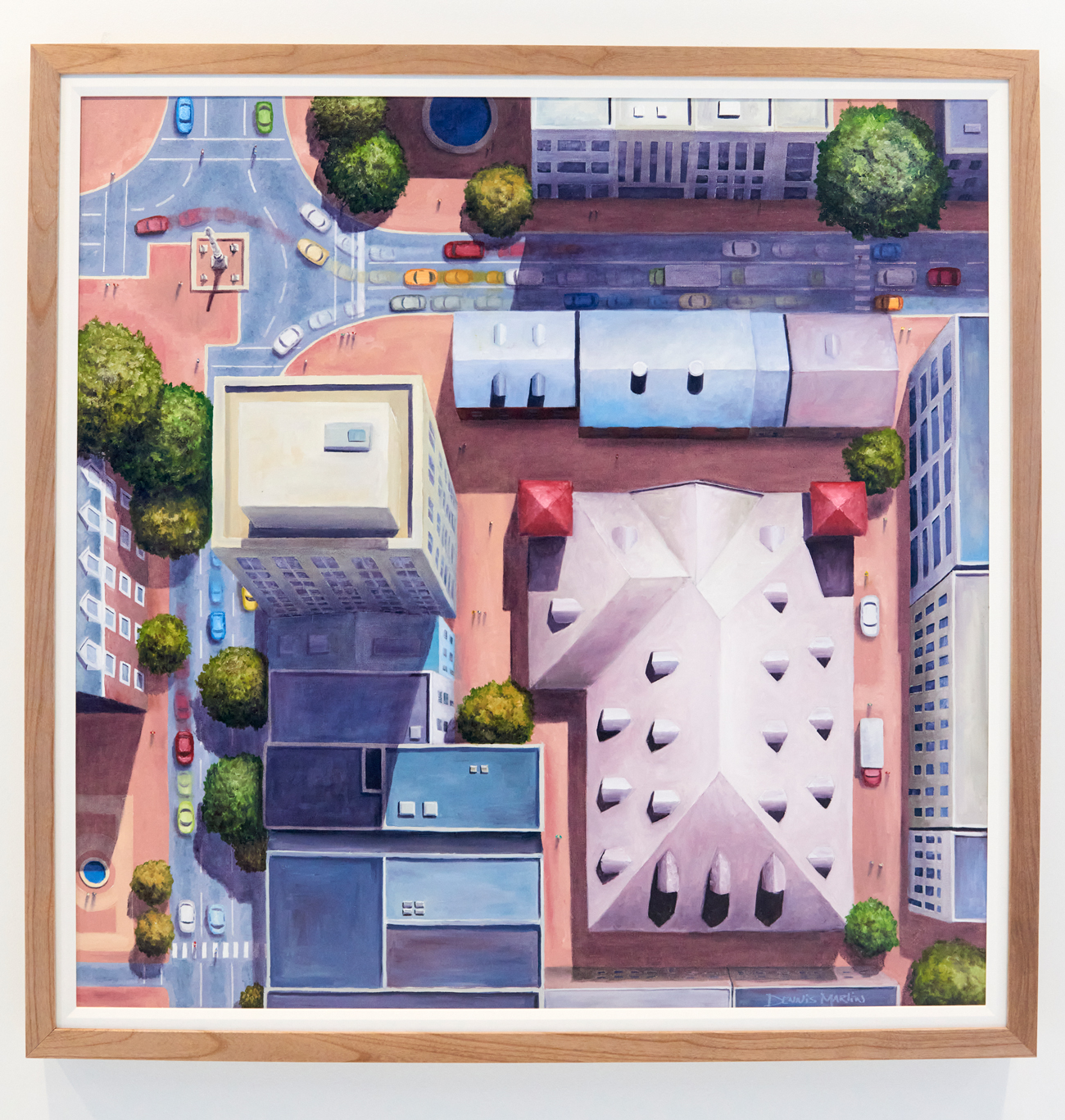
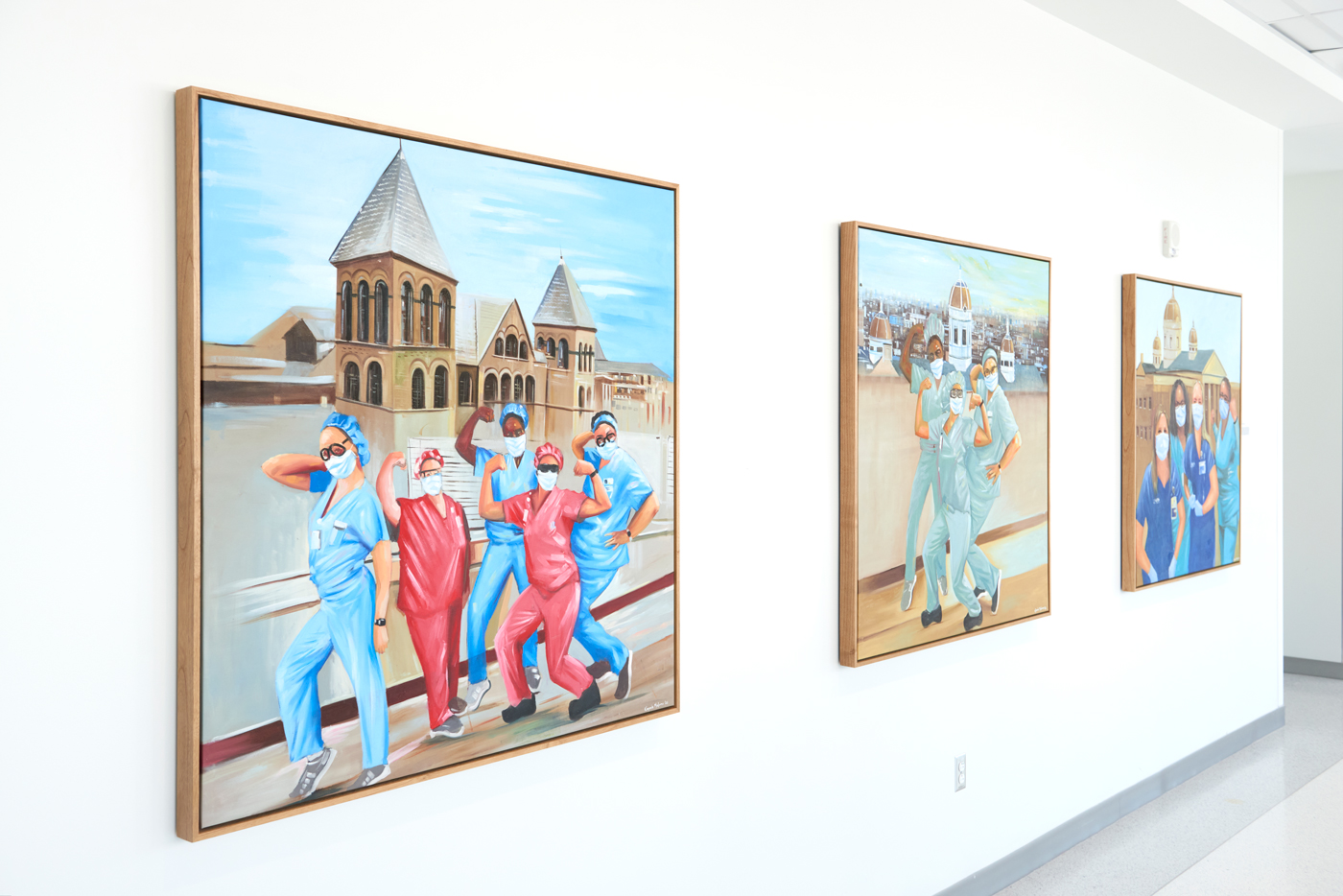
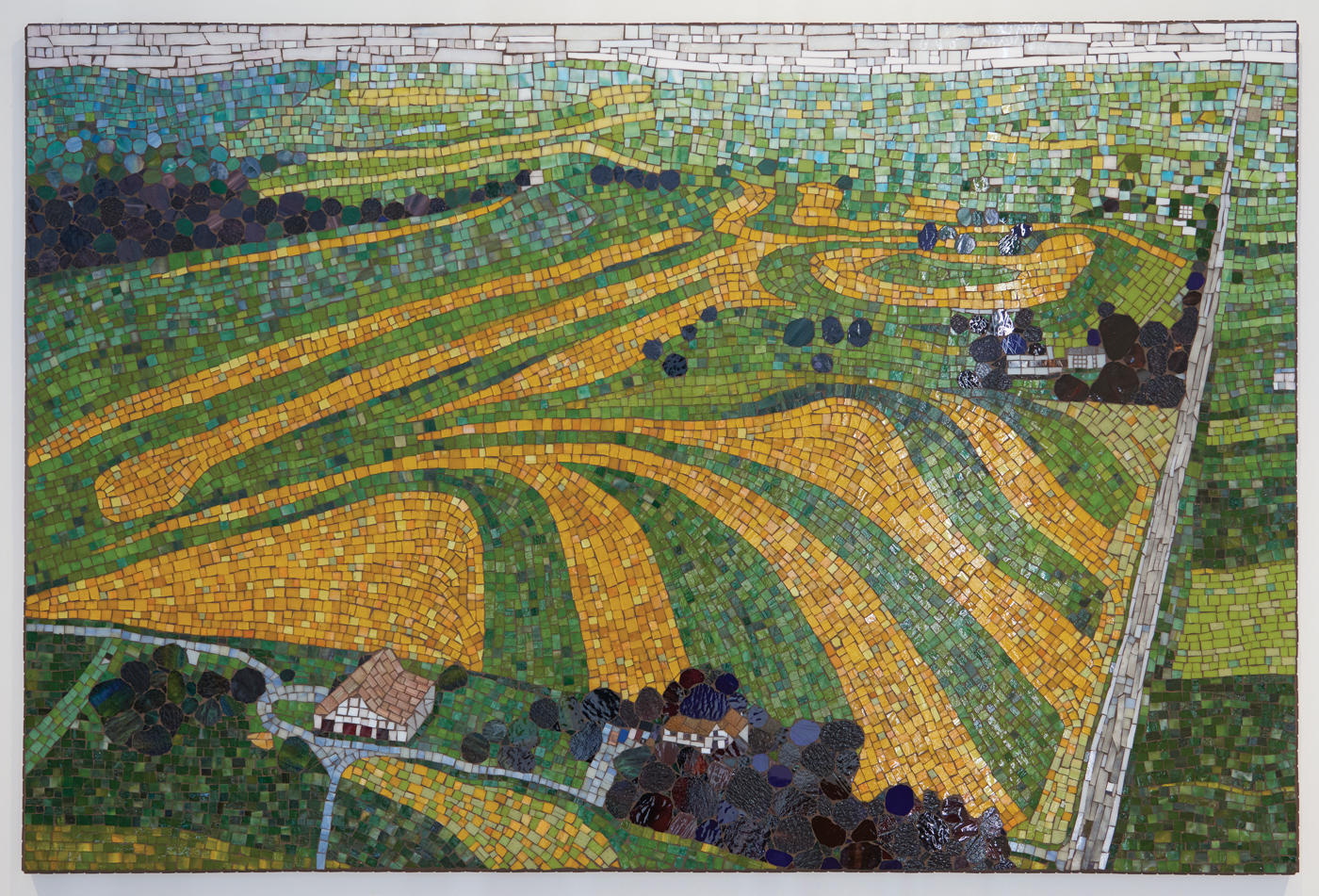
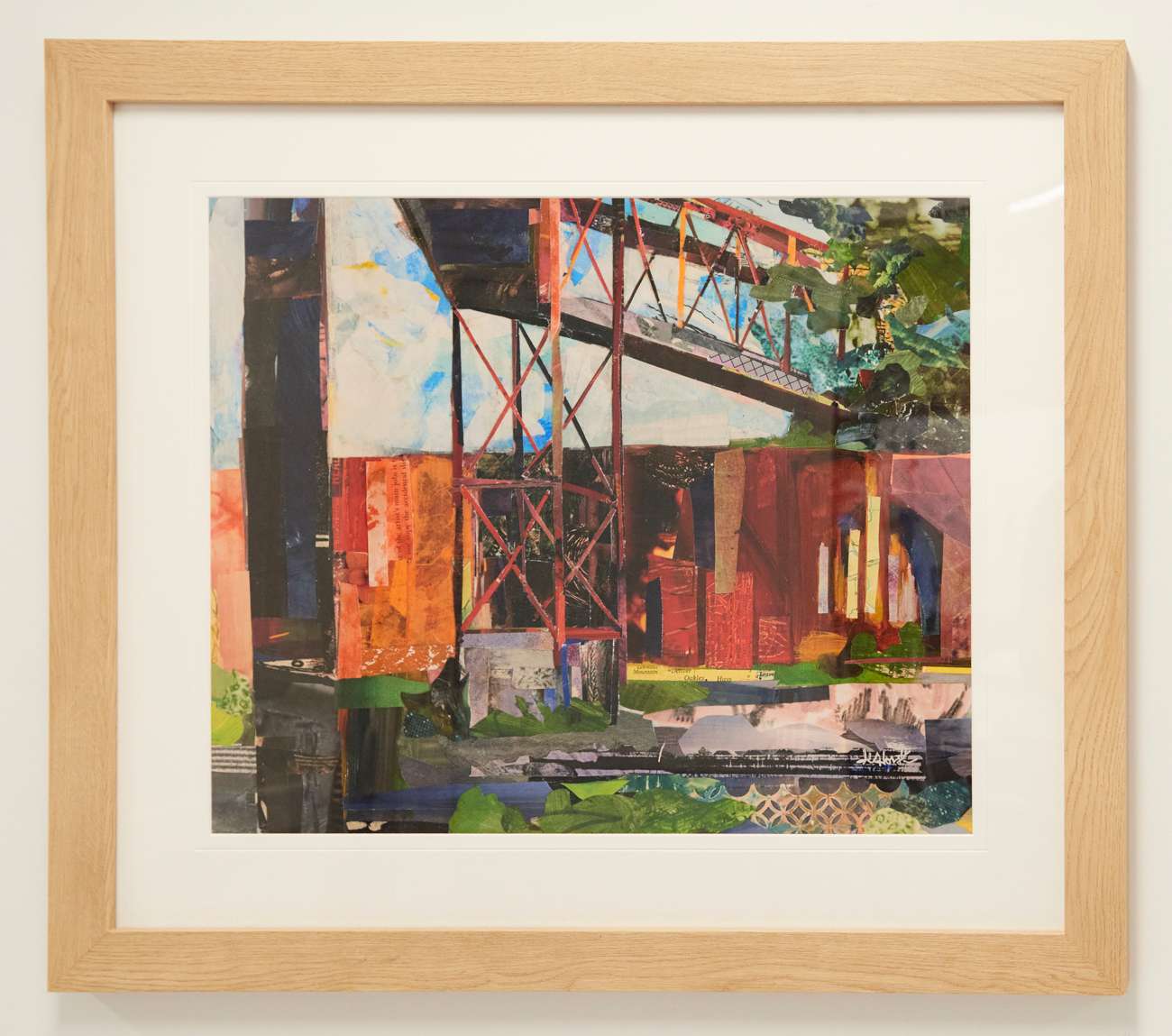
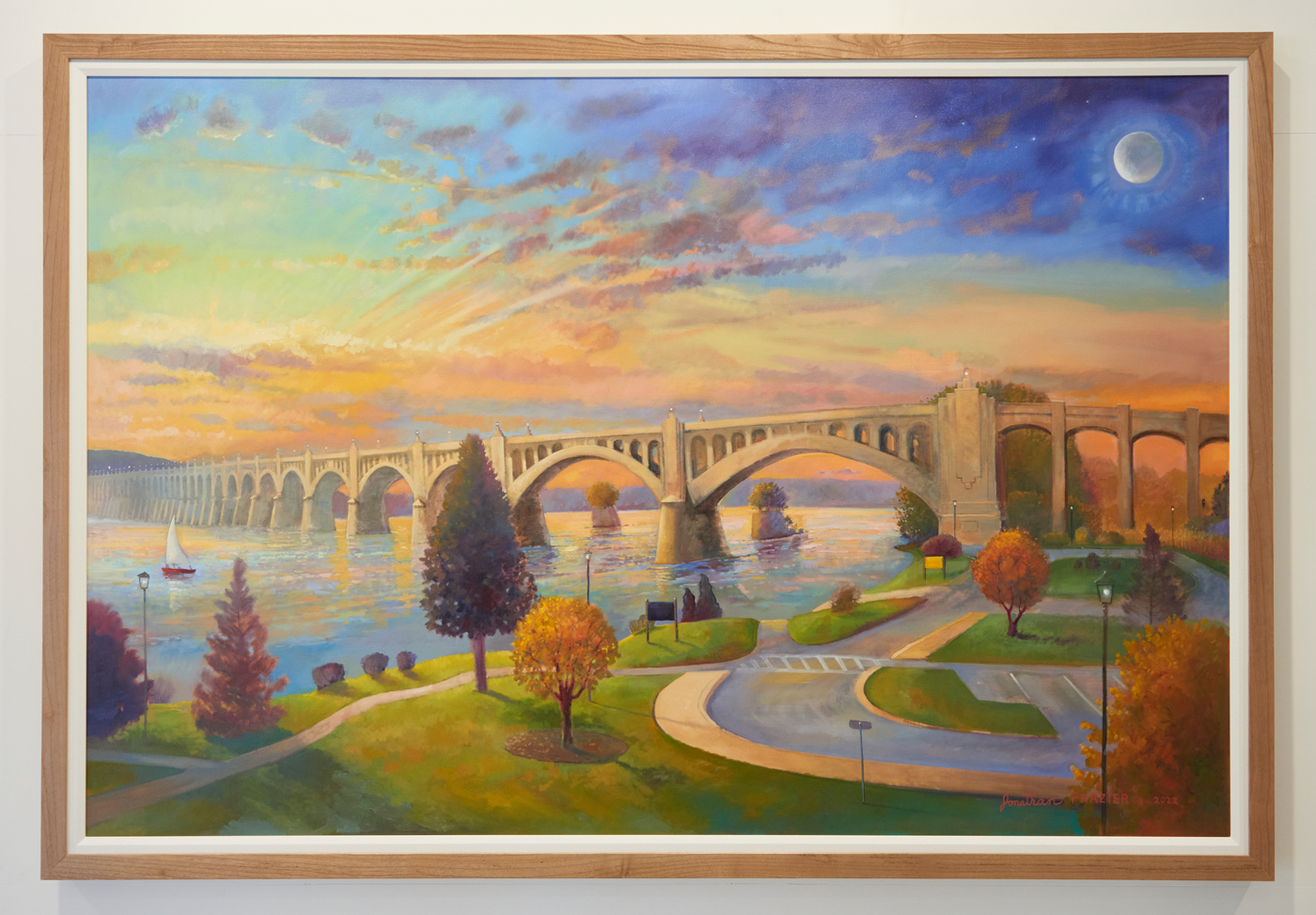
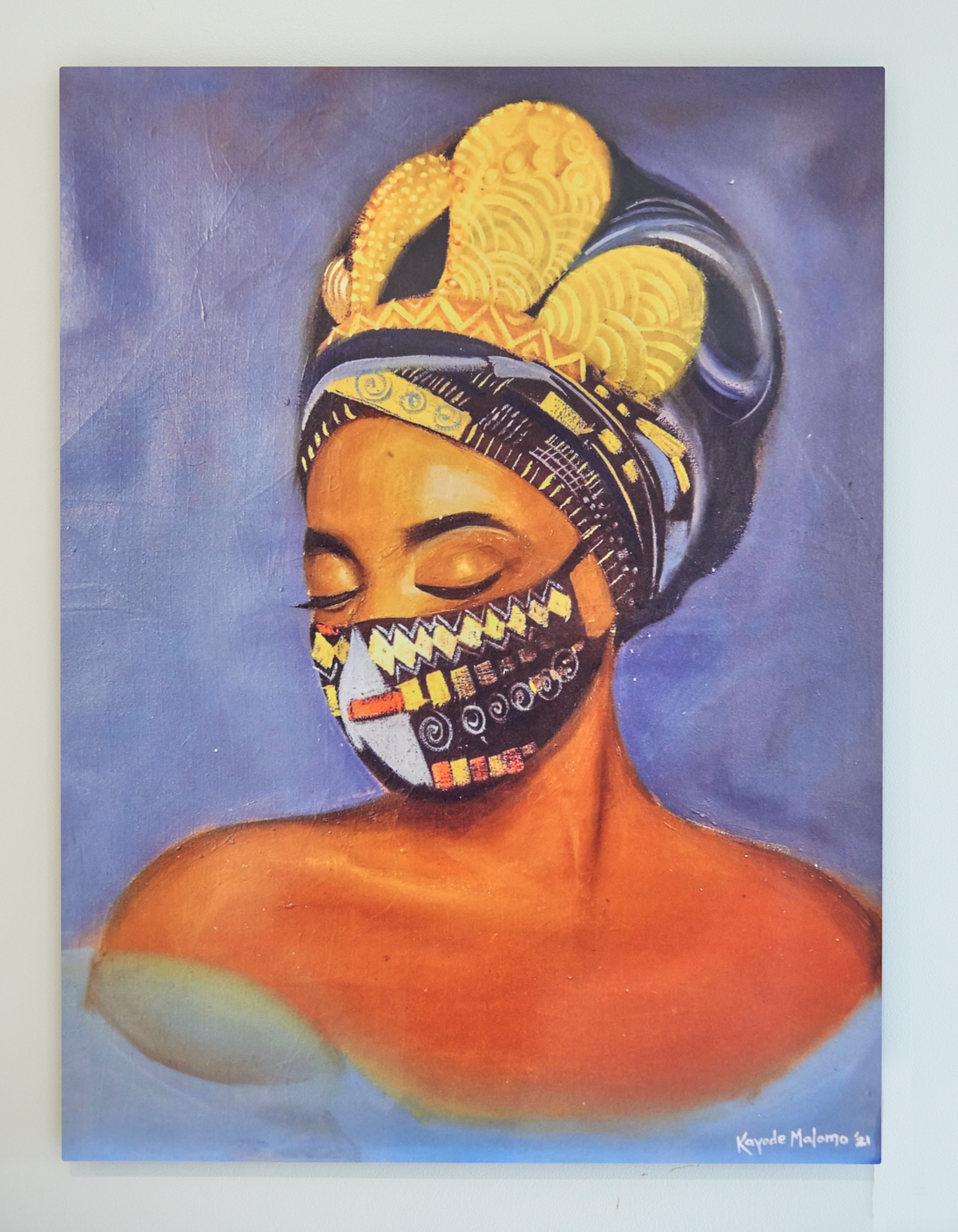
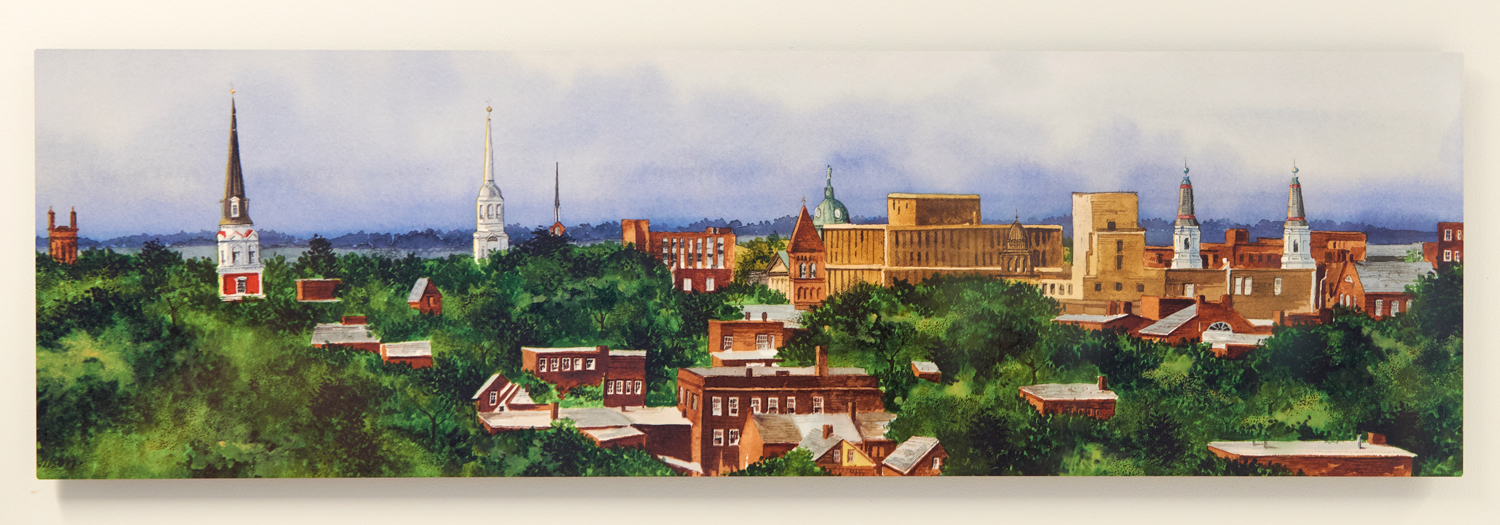
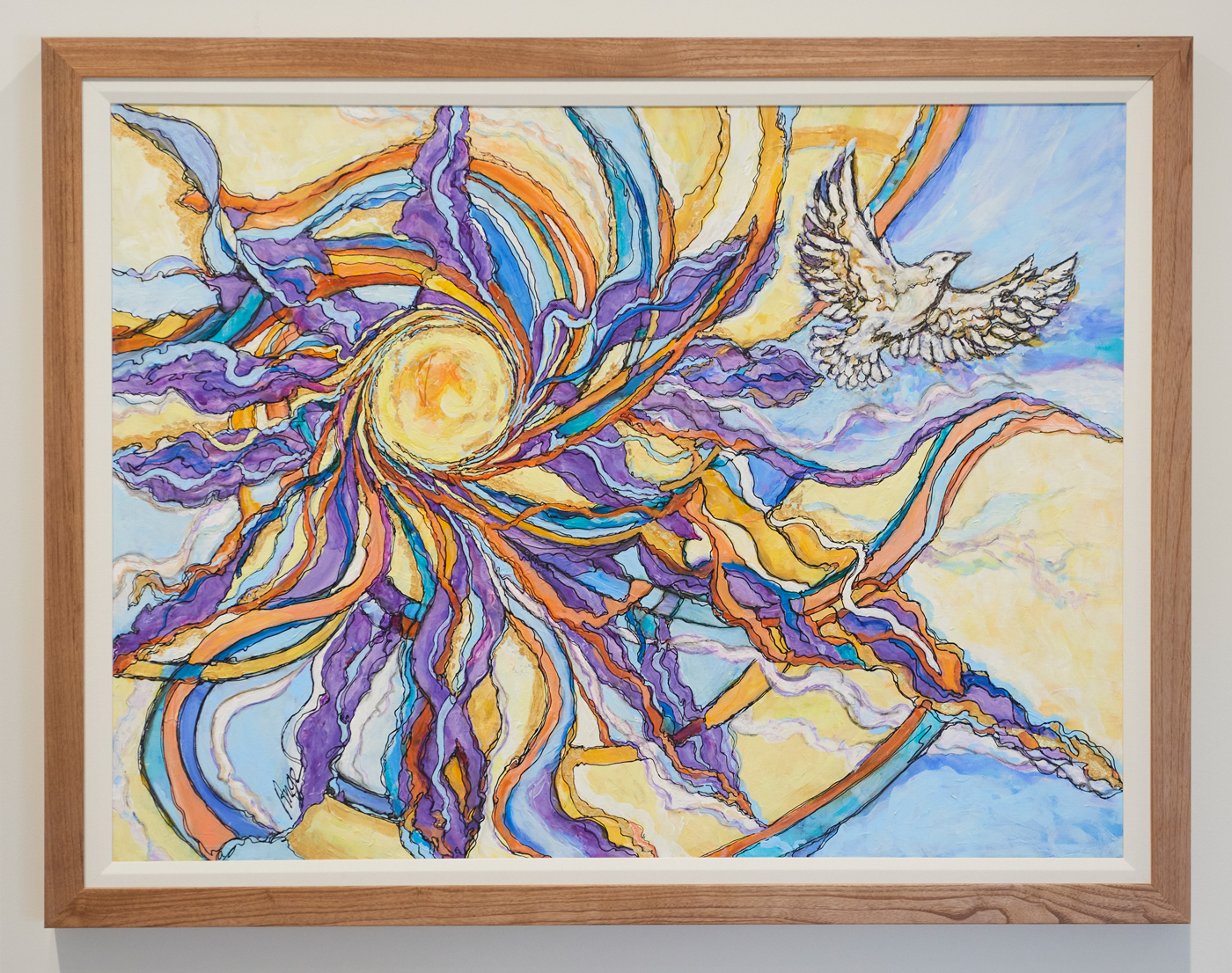
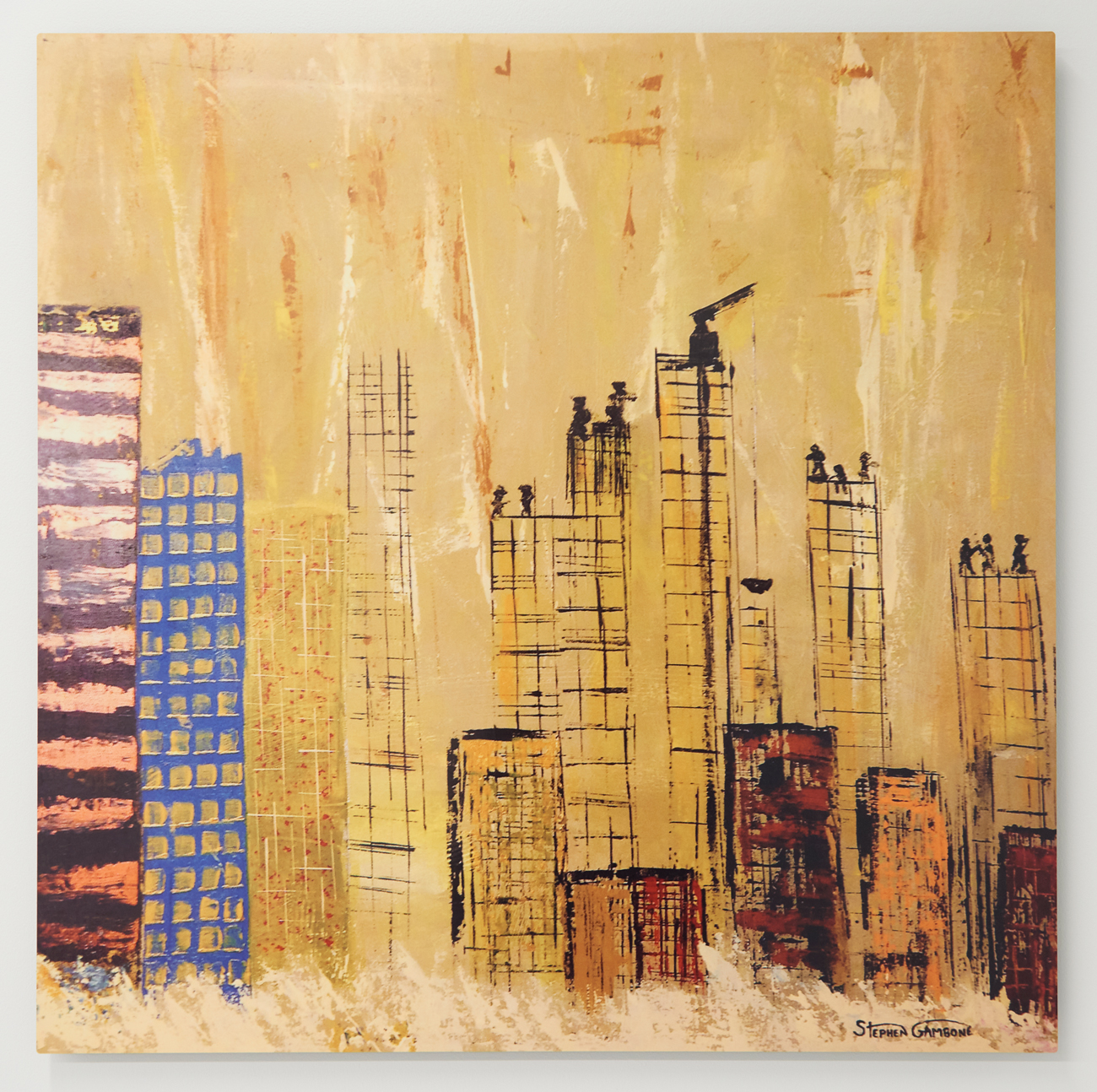
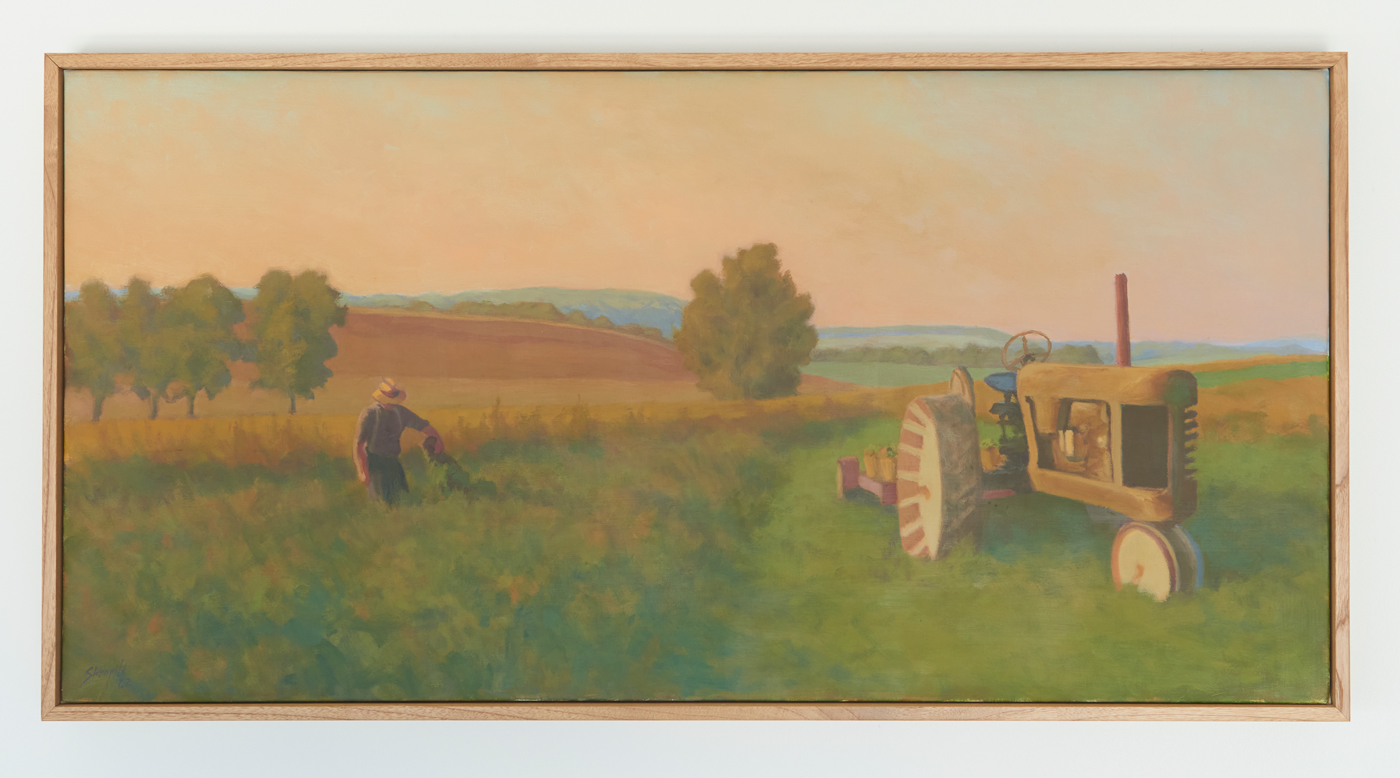
Can the public visit to view the artwork? If so, is the artwork integrated throughout the medical center or can it be found at a specific location? Thank you